Dear creative friends,
Welcome to Issue No. 68 of the StudioWorks Journal! As always, I’m super grateful you are here with me, and I’m excited to share this with you. This month, we embark on a vibrant journey to explore the art and culture of Portugal, a land rich in history, color, and creative inspiration.
Portugal's art, from its intricate Azulejos to its modern masterpieces, tells stories that span centuries. Each piece reflects the diverse influences that have shaped this beautiful country, offering us a glimpse into its soul. As we delve into Portugal’s artistic heritage, we’ll discover how its culture and history have crafted unique expressions of beauty and emotion.
Let’s immerse ourselves in the colors, textures, and stories of Portugal, and see how we can infuse our art with the rich cultural tapestries we discover. Together, we’ll learn that inspiration knows no boundaries and that the power of creativity can transport us to distant lands, even from the comfort of our studios.
Thank you for joining me on this artistic adventure. Let’s embrace the beauty and lessons of Portugal and let them guide our creative journeys.
xo,

So you may be wondering, where do I start? To that, I say, wherever feels right to you. Each month we will have a theme, a creative affirmation, a power word, a color palette, sketchbook exercises, art projects, articles, recommended reading, and access to wonderful inspiration and resources. I want you to think of this as a delicious new magazine, you know the ones you occasionally splurge on, with soft, velvety pages, beautiful images, and inspiring content!
Each issue will invite you to explore your creative practice in whichever way works for you. Experience each issue at your own pace. Take what resonates with you and put the rest aside for another time.
Grab a cup of something lovely and dive in.
Though together they make up the Iberian Peninsula, Portugal rarely takes center stage to the same degree as its neighbor, Spain. As a result, many people are less aware of the rich culture of this often overlooked yet fascinating country. Being on the physical margin of Europe, close to Africa, and possessing a long stretch of the Atlantic coast, Portugal is well situated to receive influences from diverse regions of the globe. Its dynamic and versatile art history reflects this advantage of location and temperament.
From fado music to Manueline art with some jaw-dropping azulejo tiles thrown in for good measure, Portugal has drawn from sources near and far to make some truly incredible contributions to art. Join me in exploring the distinctive ways Portuguese artists have interpreted and expanded upon artistic movements, creating uniquely gorgeous masterworks.
Throughout history, religion, maritime themes, and global influences from across their expansive empire played an essential role in Portuguese art. These patterns are visible in anything from their sculptures to the flavor of their Renaissance works. For example, without religion, we might not have access to the wealth of sculptures dating from the 12th to the 14th centuries discovered and preserved within tombs across Portugal.
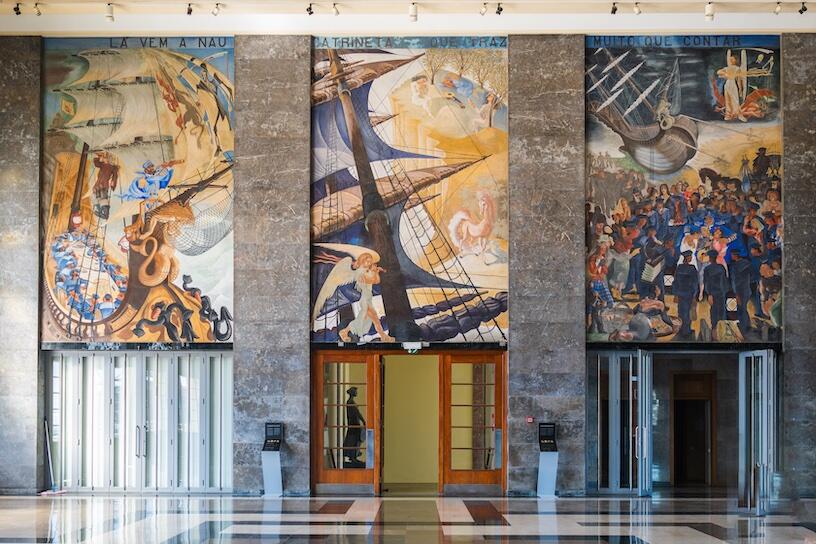
In addition, without Brazilian influence, we might not have had the masterful wooden sculptures created by the famed Baroque Portuguese sculptor Joaquim Machado de Castro. We certainly wouldn’t have the definitively monumental mosaic masterpieces of azulejo tilework spanning from the 13th century to the present without the influences of the Moors, the Dutch, and the Italians. Furthermore, without the seafaring exploits of the Age of Discovery, we might not have the politically controversial yet inspiring murals by José de Almada Negreiros that grace the Maritime Stations of Lisbon.
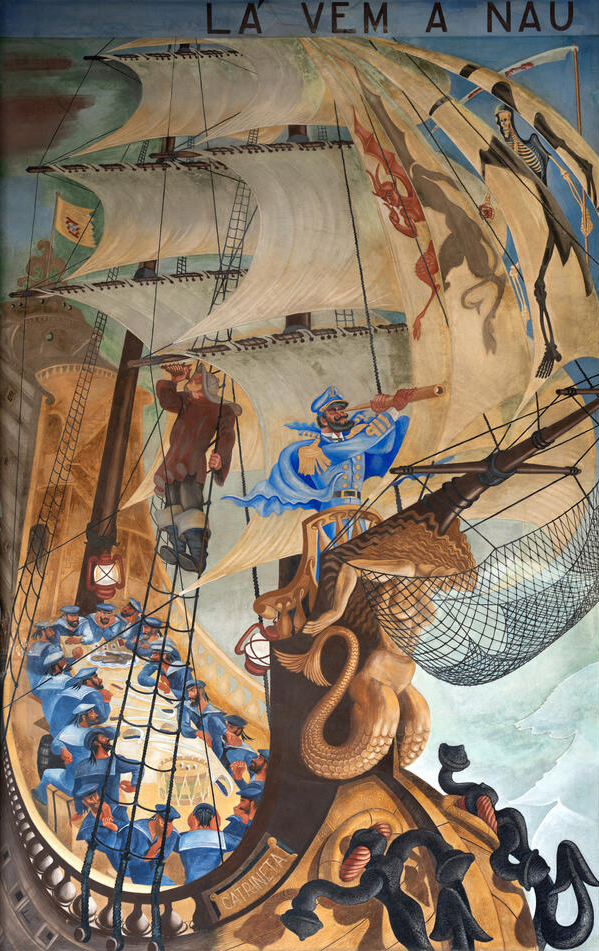
Amidst these broader themes, there were distinctive moments that ushered in periods of superb artistic ingenuity. One that deserves honorable mention was the wedding of King João I's daughter Isabel of Aviz in the 15th century. This event drew the great master Jan van Eyck from the Netherlands to Lisbon to paint a portrait of the bride-to-be, thereby setting off a close cultural relationship between the two countries.
In keeping with his honorary position, the official timeline of Naïve Art is thought to be when Rousseau’s work was “discovered” by the artist Paul Signac in 1885. He promptly worked to get Rousseau’s paintings into exhibits. By 1912, the Naïve Art movement was solidified in the annals of art history by a publication of six of Rousseau’s pieces in the almanac Der Blaue Reiter, a publication by an avante-garde collective of artists who helped shaped the trajectory of modern art as we know it.
The first show of Naïve Art occurred in Paris in 1928. It was organized by German art critic and collector Wilhelm Uhde and included pieces by Louis Vivin, Henri Rousseau, Séraphine Louis, Camille Bombois, and André Bauchant. This group became known as the Sacred Heart Painters. This title represented the soulfulness of this collective of autodidacts who evinced a connection to nature and an unpretentious and delightfully beguiling immediatism. Their work was particularly inspiring to other artists, and became the vanguard of many avant-garde movements.
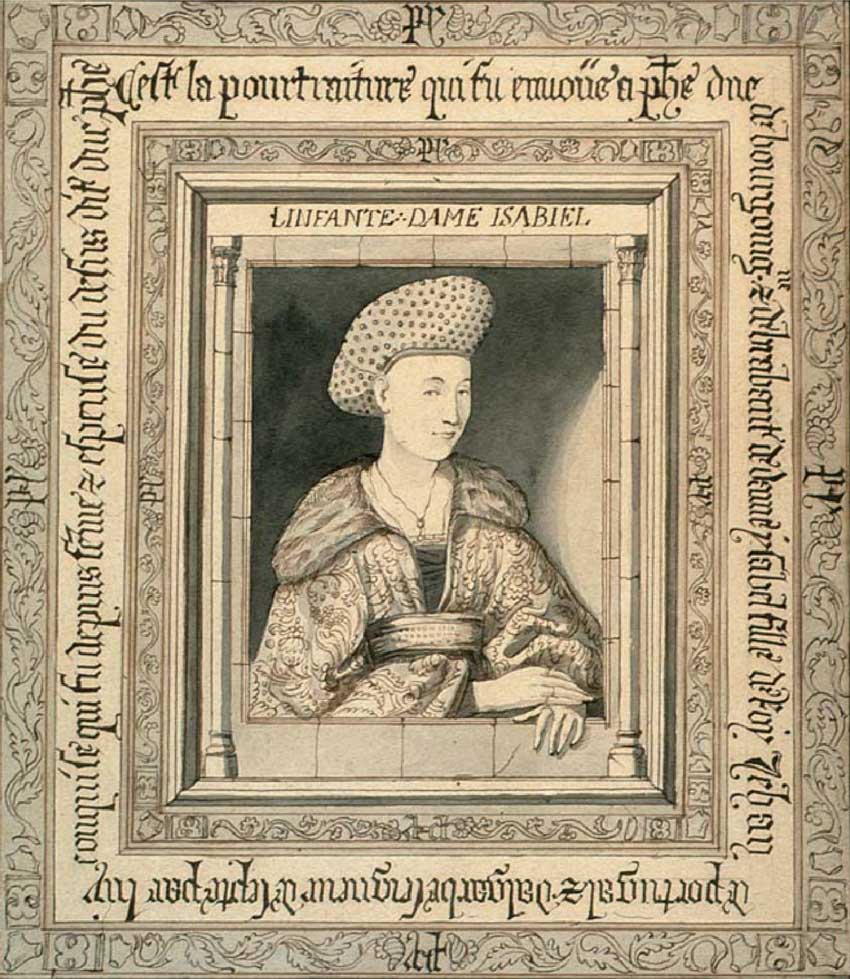
Portrait of Isabella of Portugal
by Jan van Eyck, 1428
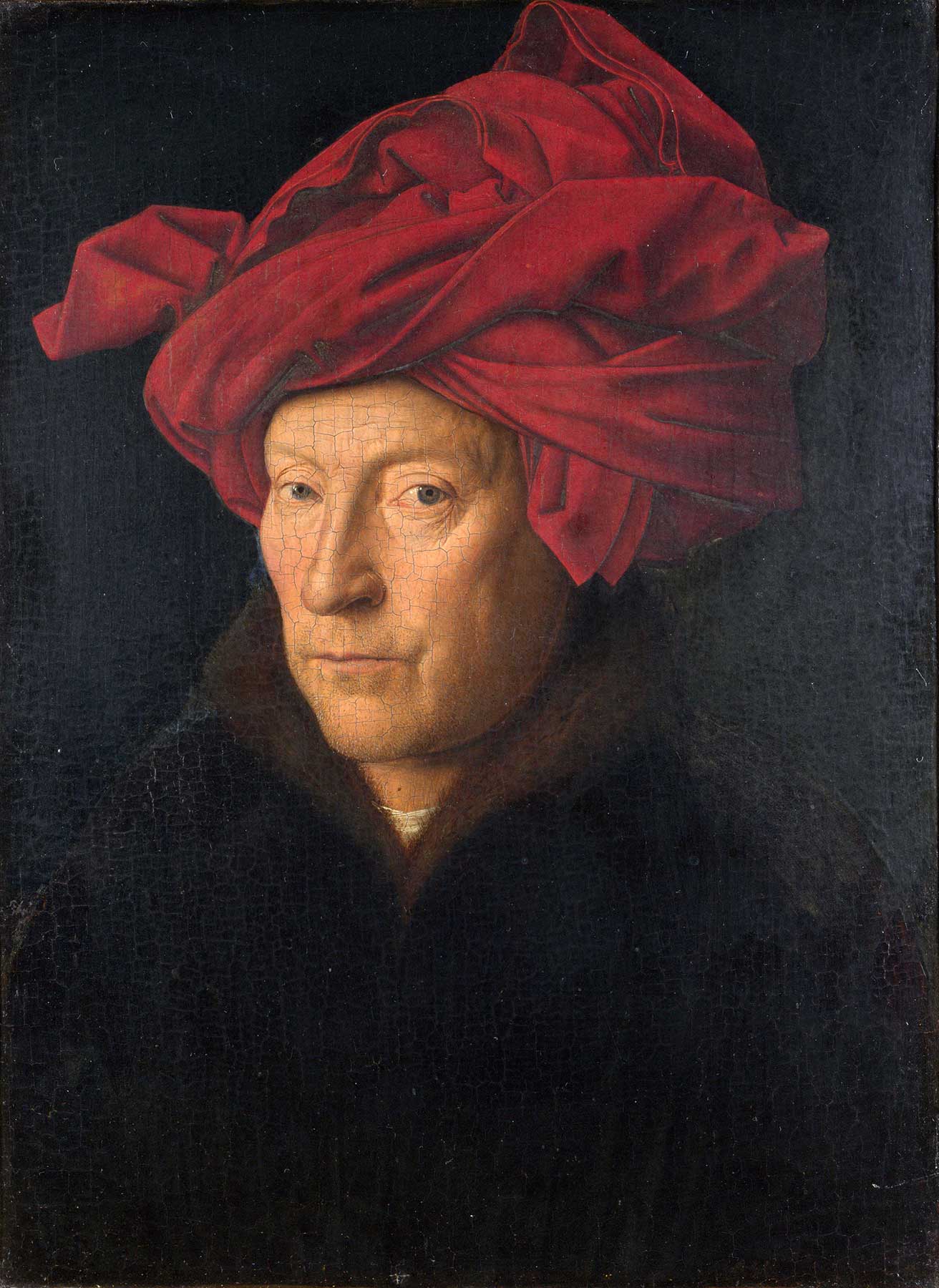
Jan van Eyck
Self Portrait, 1433
From that time, Flemish art had a lasting effect on Portuguese art, informing their compositional and technical skills and encouraging pictorial traditions and portraiture. A gorgeous representation of this influence is the Polyptych of St. Vincent by Nuno Gonçalves, a monumental painting depicting various saints and considered a Portuguese art masterpiece. However, the Portuguese spirit had a life of its own, and the transition from the Gothic to the Renaissance saw the emergence of a unique style dubbed Manueline.
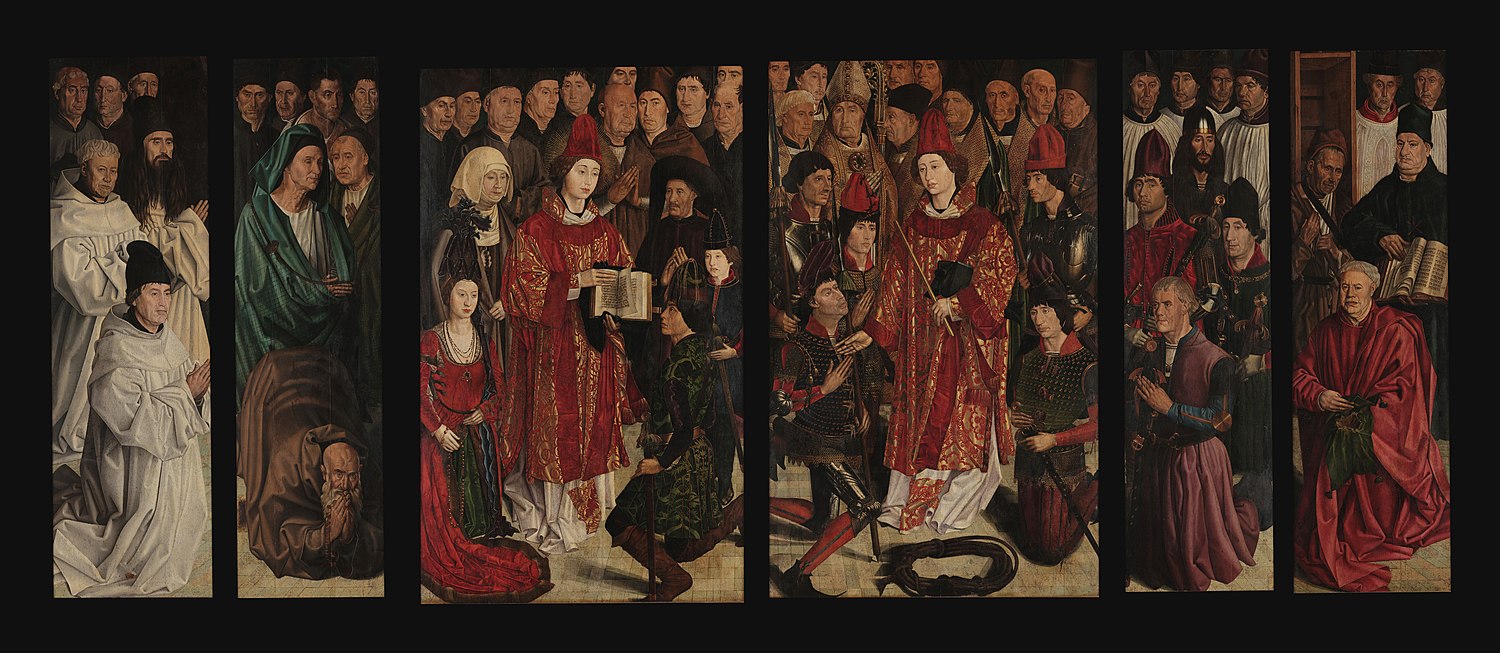
Polyptych of St. Vincent
by Nuno Gonçalves in Lisbon
A beautiful example of this period’s influence on architecture is the Jerónimos Monastery and Belém Tower. In terms of artists, a forerunner of this era was Grão Vasco, who brought it all in terms of lusophone flavor. He combined images of the sea with iconic Christian imagery in a surrealist fashion, foreshadowing greats such as Salvador Dali.
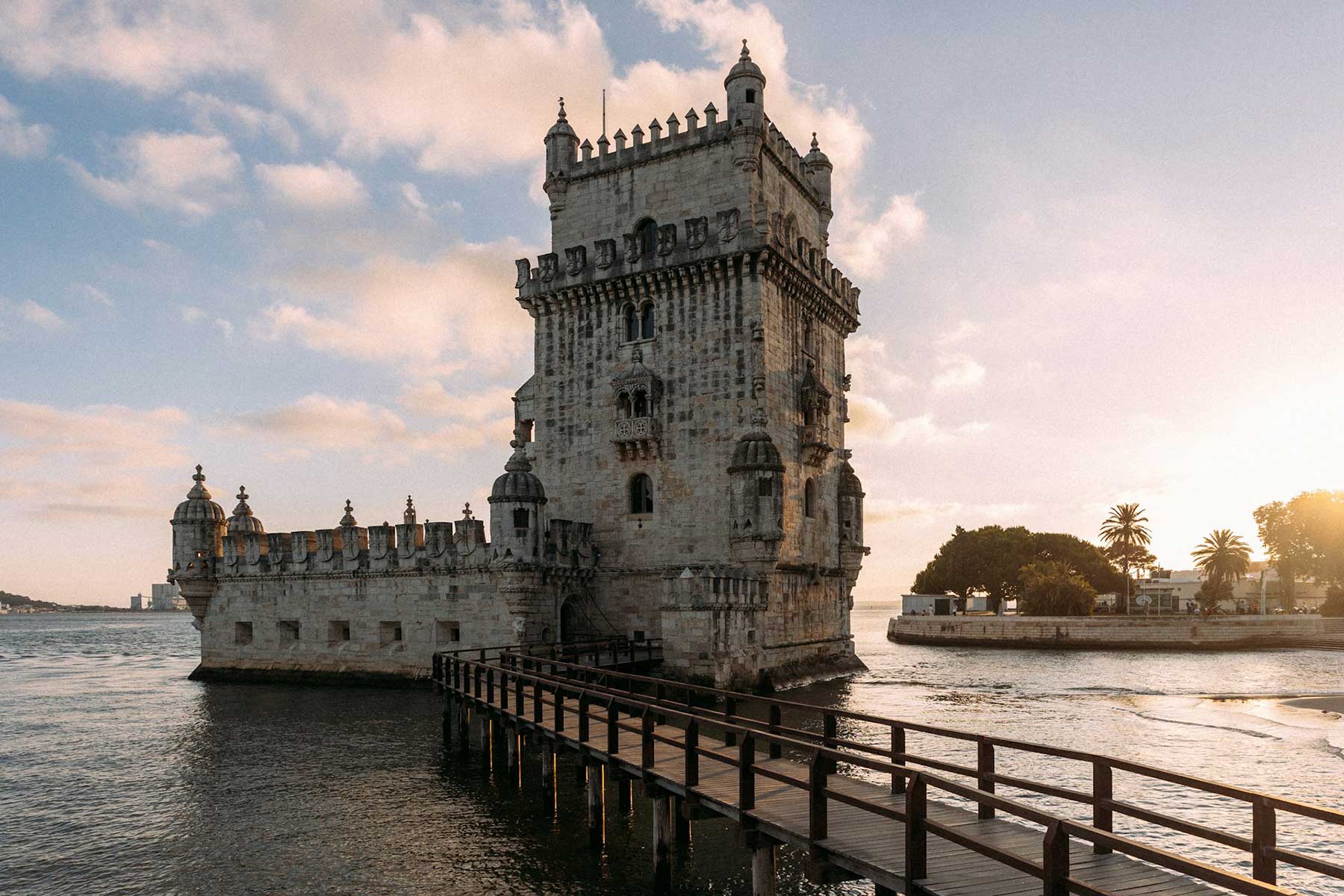
Belém Tower, Lisbon
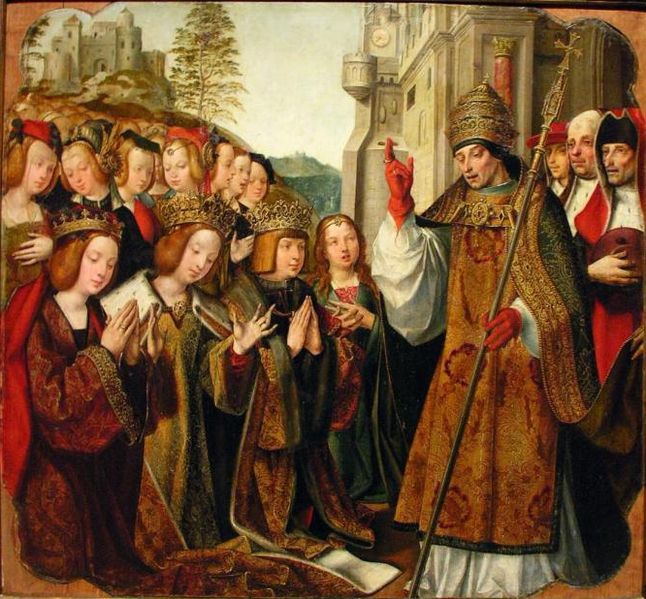
Bênção de Santa Auta em Lisboa
1520 - Cristovao de Figueiredo
Much later, in the early 20th century, when Naturalism was the mode of the day, the painting O Fado by José Malhoa captured not only Portugal’s singular musical style but also the artist's commitment to artistic integrity. The artist chose to immortalize the essence of fado by painting genuine characters from the cradle of the tradition in the Mouraria District despite the challenges presented by working with musicians and prostitutes. This authenticity, along with a commitment to their principles and individuality, epitomizes the nature of Portuguese artists.
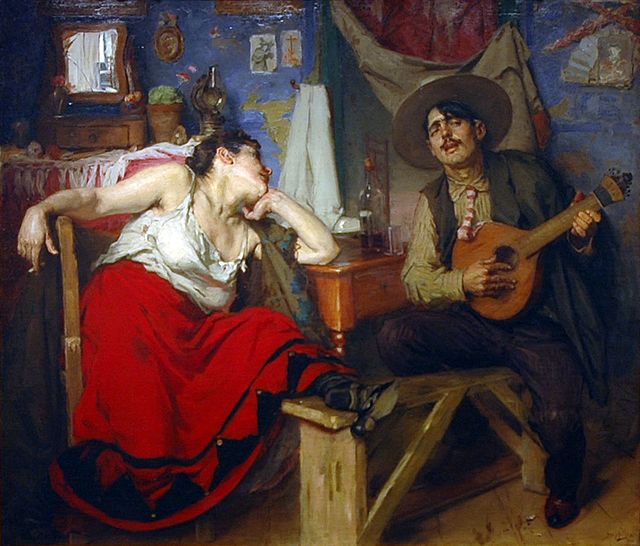
O Fado
by José Malhoa, 1910
In recent times, many creatives have carried on this national tradition. From the digital art of Paulo Vilarinho to the metal sculpture of Angelo Ribeiro, Portuguese artists have an enduring desire to embrace the beauty and chaos of incorporating different mediums, traditions, and new spins on familiar themes. These qualities of individuality, innovation, and cultural pride can be a source of inspiration for any artist.
A refreshing thing about Portuguese art is that it often defies clear designation, mixing elements from different styles, cultures, and eras. This tendency can likely be attributed to broad global influences. After all, their explorers traversed pathways by sea amongst far-flung places early on, making them cosmopolitan before that was even a thing. This quality has, at times, made art historians overlook their contributions, but at the end of the day, it’s part of what makes them special.
As artists, we can look to Portugal for inspiration by reflecting on their remarkable ability to learn from other cultures without denying their own. Their open-mindedness drew artists from across Europe to Lisbon during the Renaissance, and this spirit can still seize us today, reminding us that there is something to learn from everyone and everything if we allow it. The more thoroughly we can inhabit this concept in our art, the more glorious the tapestry of our own creations will become.
Like so much of Portuguese art, the tradition of azulejos reflects the dynamic interaction between many cultures and the consistent way these proud people have learned and borrowed from others but ultimately manage to make things singularly theirs. With influences as disparate as Africa, China, Italy, and the Netherlands, the Portuguese managed to create something that expresses this diversity of flavor while remaining uniquely their own.
As artists, we can delight in the beauty that this innovative yet collaborative spirit embodies and embrace it in our work. Let’s explore the meandering path leading to the central role azulejos play in Portuguese identity. These tiles are not just a form of art but a part of Portugal's cultural fabric, expressing its diversity and uniqueness. Understanding and borrowing from them in our creative journey can strengthen our connection to this rich cultural heritage.
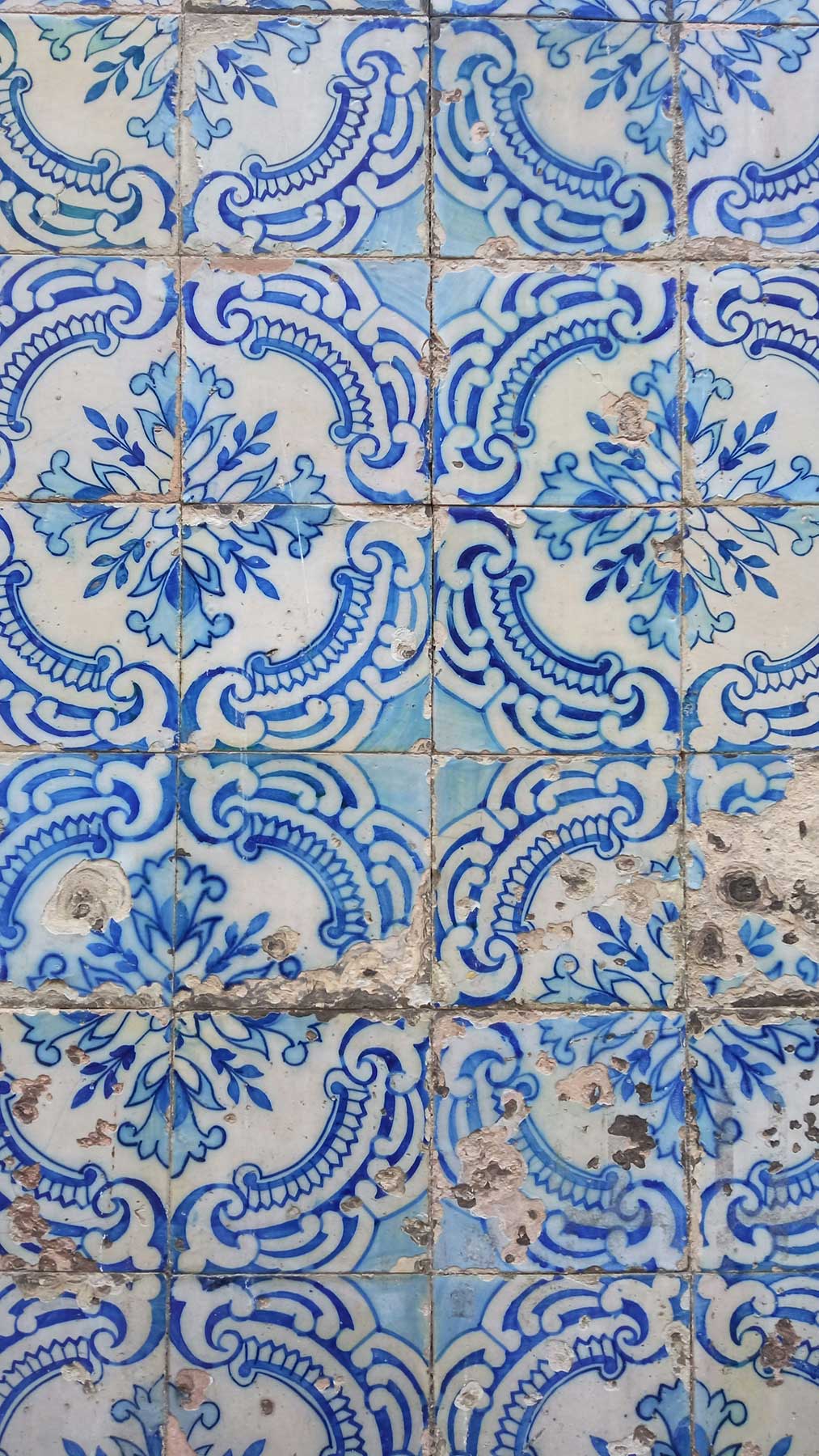
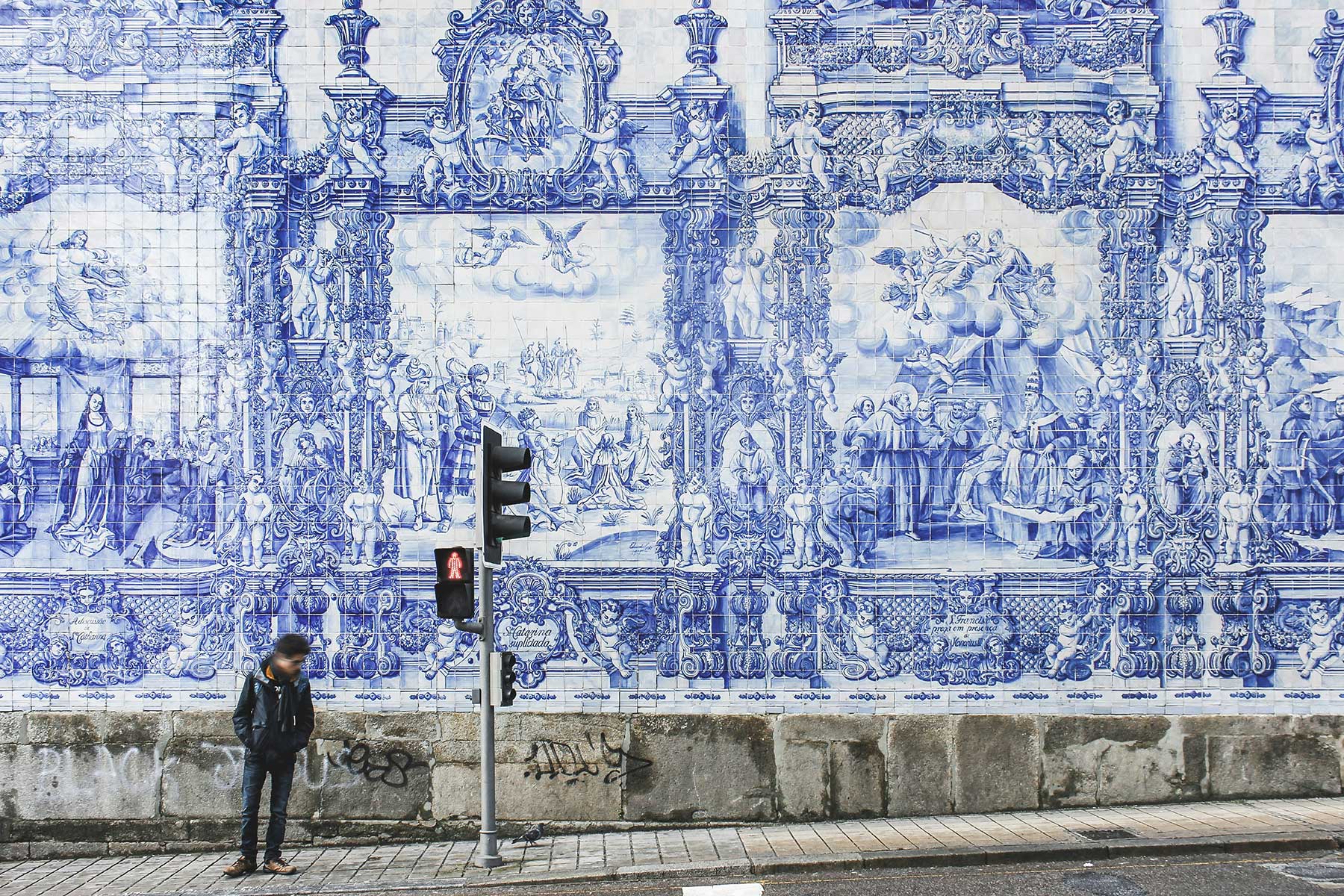
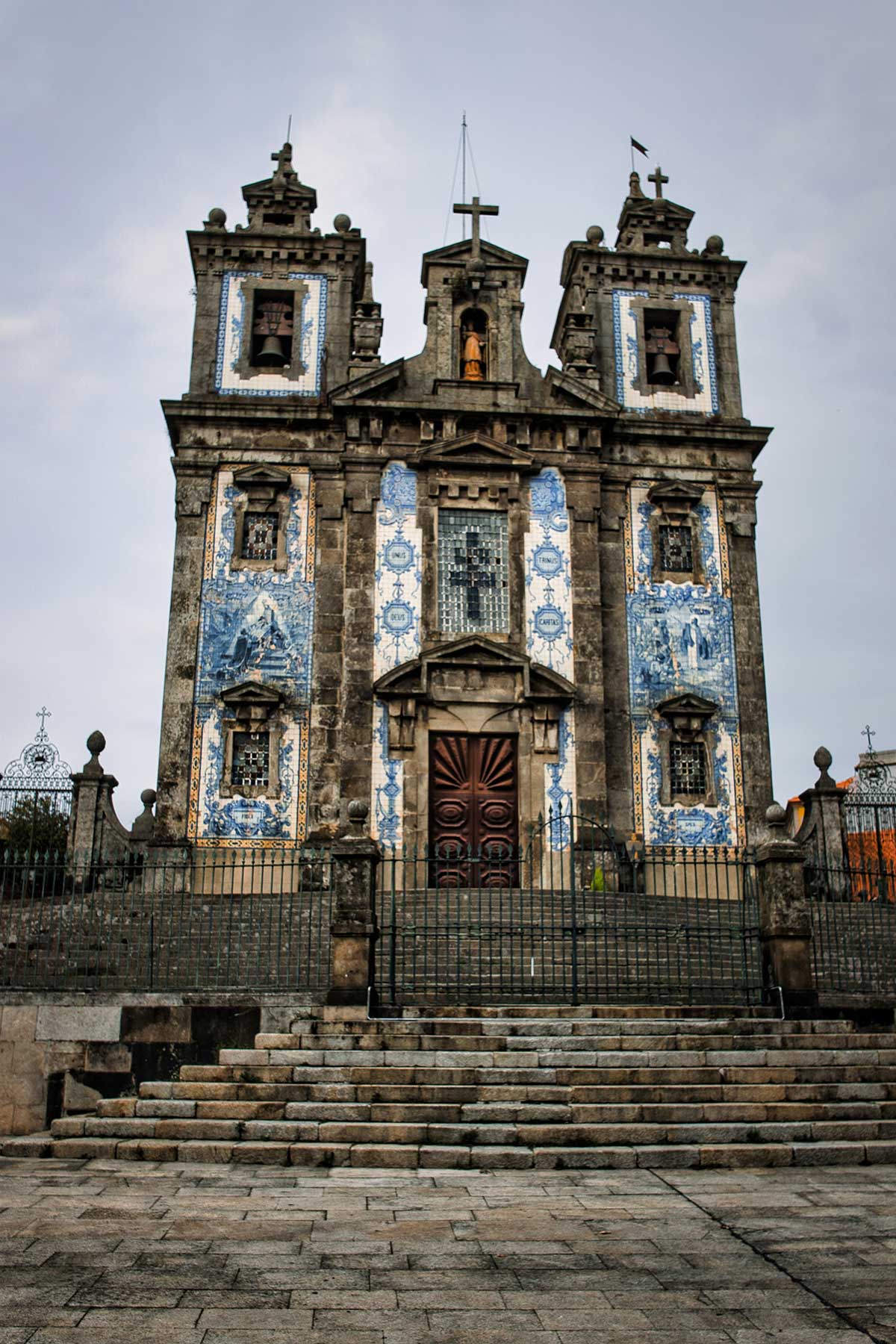
Portugal's ornate and inspiring tile work is renowned worldwide, but these gems had their origins in the craftsmanship of the Moors, who invaded in 711 AD. Originally, the tiles contained simple geometric patterns of many colors and were known as alicatados. However, as the Iberian peninsula regained independence, the Spanish began manufacturing in Seville, and the designs became increasingly complex.
The tiles gained widespread popularity in Portugal during the 16th century after King Manuel I visited Seville and Granada. Impressed by the tilework he saw there, he commissioned pieces for his palace in Sintra, quickly leading to the monarchy and the church doing the same.
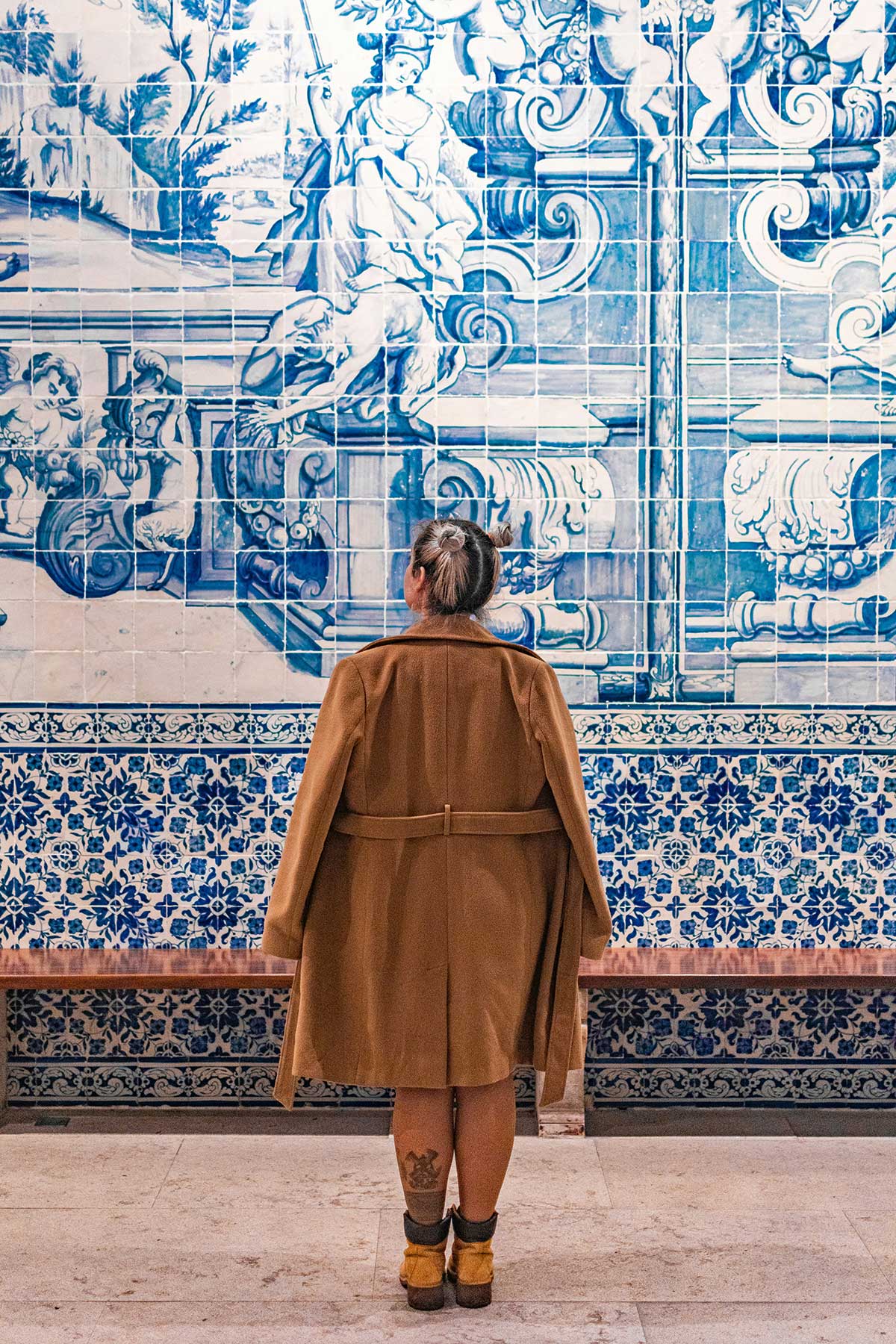
Ok, you might be thinking, this is all well and good, but what do azulejos have to do with me? I’m glad you asked. The beautiful thing about these tiles is that they are also symbolically rich. You can set aside the whole incorporating the beauty of conquerors while regaining freedom literally and figuratively by liberating the tiles through conveying extensive images, humans included. You can ignore the ingenuity of borrowing the best Dutch and Italian ceramist techniques to create something new. You can even pretend not to be impressed by the Portuguese rising from the ashes of an earthquake-caused disaster to remake their world in a safer and more enduringly beautiful way.
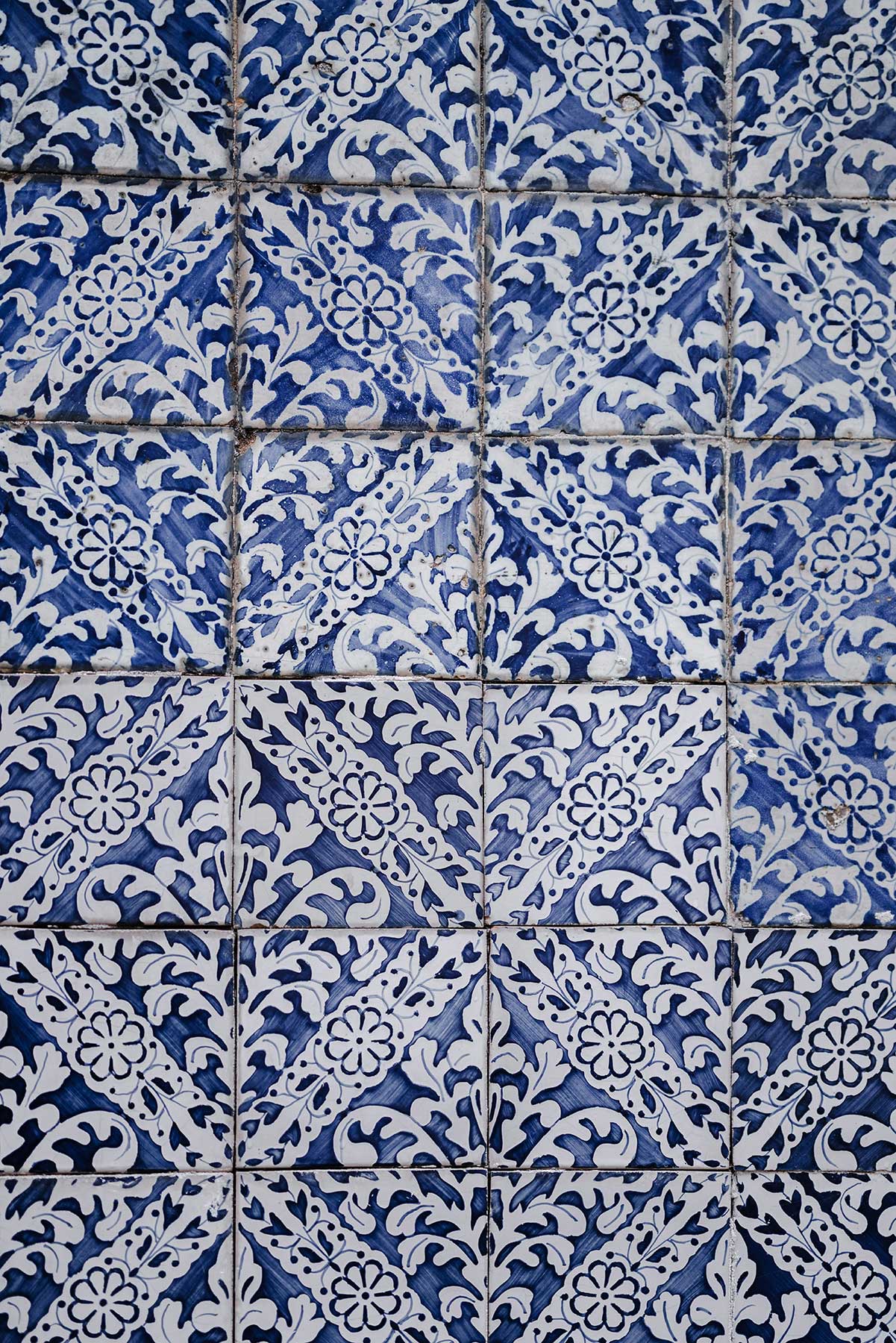
Even without including those (considerable) considerations, you would be left with the gorgeousness of blue and white, which is a combination well worth exploring. These iconic colors are among the most dynamic and universally appealing in the world, from a sapphirine sky studded with diamond strings of nebulous glory to a glittering azure sea punctuated with galloping white steeds amidst the break, blue and white populate nature, and culture alike. The versatility of these colors allows for a wide range of interpretations and applications in art. What do these colors evoke for you?
In addition, you could explore the contrast between a single piece (a tile, for instance) that is a complete work in itself but that is transformed when added to a larger composition, becoming something more significant. You could ponder this significance in both physical and psychological terms, exploring what this brings up for you and how you might express this in your work. For instance, you might create a mural that tells a story of resilience and rebirth, using the blue and white color scheme to evoke a sense of hope and renewal. Remember, there are no rules here: fuse, blend, elaborate, or distort, but most of all, enjoy!
Most beautiful art has a story. Azulejos are no different. From conquest to exploration to borrowing from masters and shape-shifting what was learned into something new, there wasn’t a direct line to their creation or their enduring appeal. Rather, they are a monumental example of the richness that stems from edifying ourselves through contact with others, providing innovation with the space to emerge.
In a similar fashion, we as artists will intermittently face hardships and boons, learning from others and striving to make our own way. If we can take this process and use it to grow and evolve as creators, we too can create art that is not only visually appealing but that matters—to us first, and then, who knows?
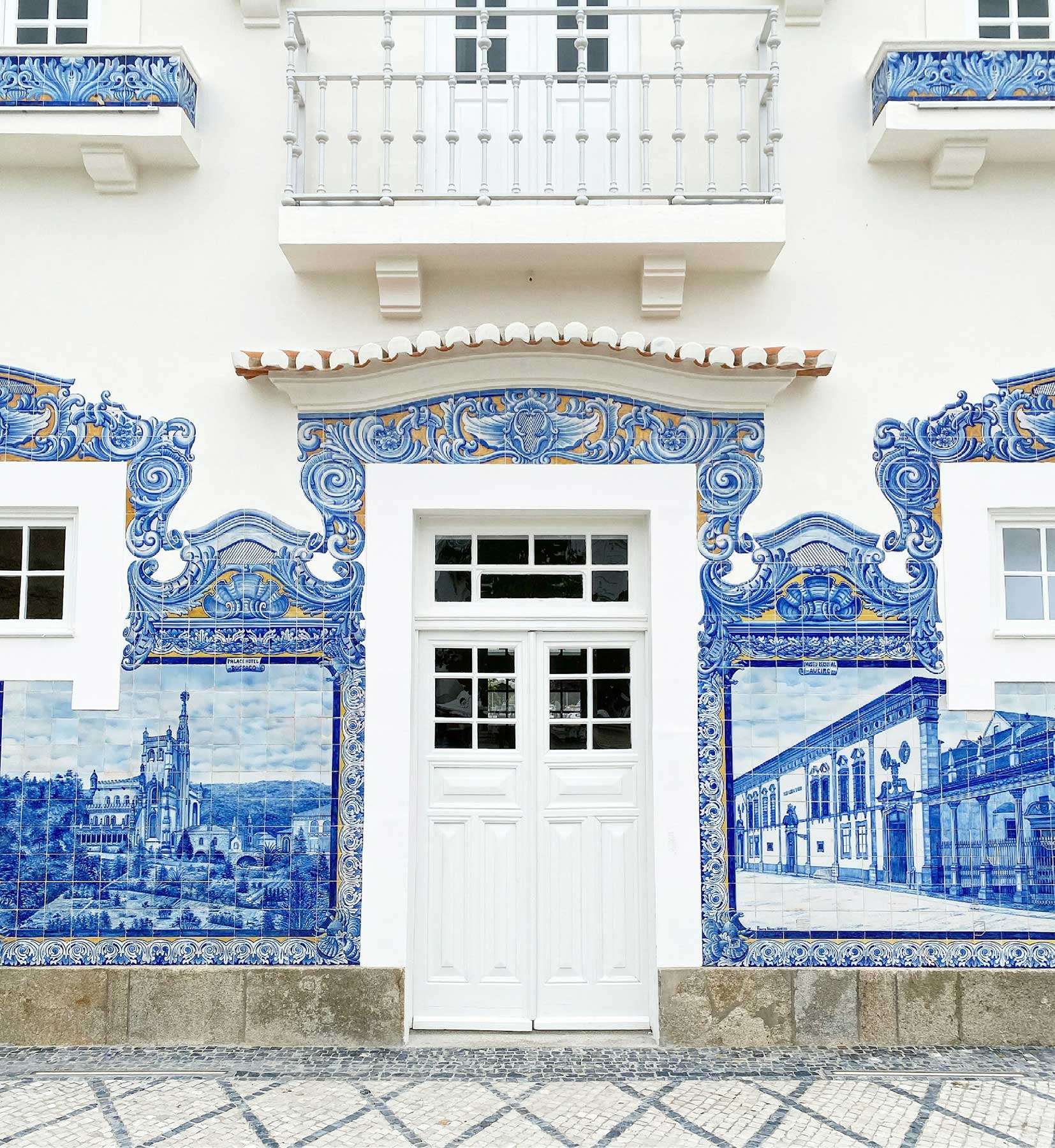
Portugal, a country with a rich cultural and historical heritage, has a range of national symbols that encapsulate its identity and legacy. These symbols reflect the nation's pride, traditions, and natural beauty, providing a sense of unity and continuity for the Portuguese people. Here are some of the inspiring national symbols of Portugal that could spark ideas for creative explorations -
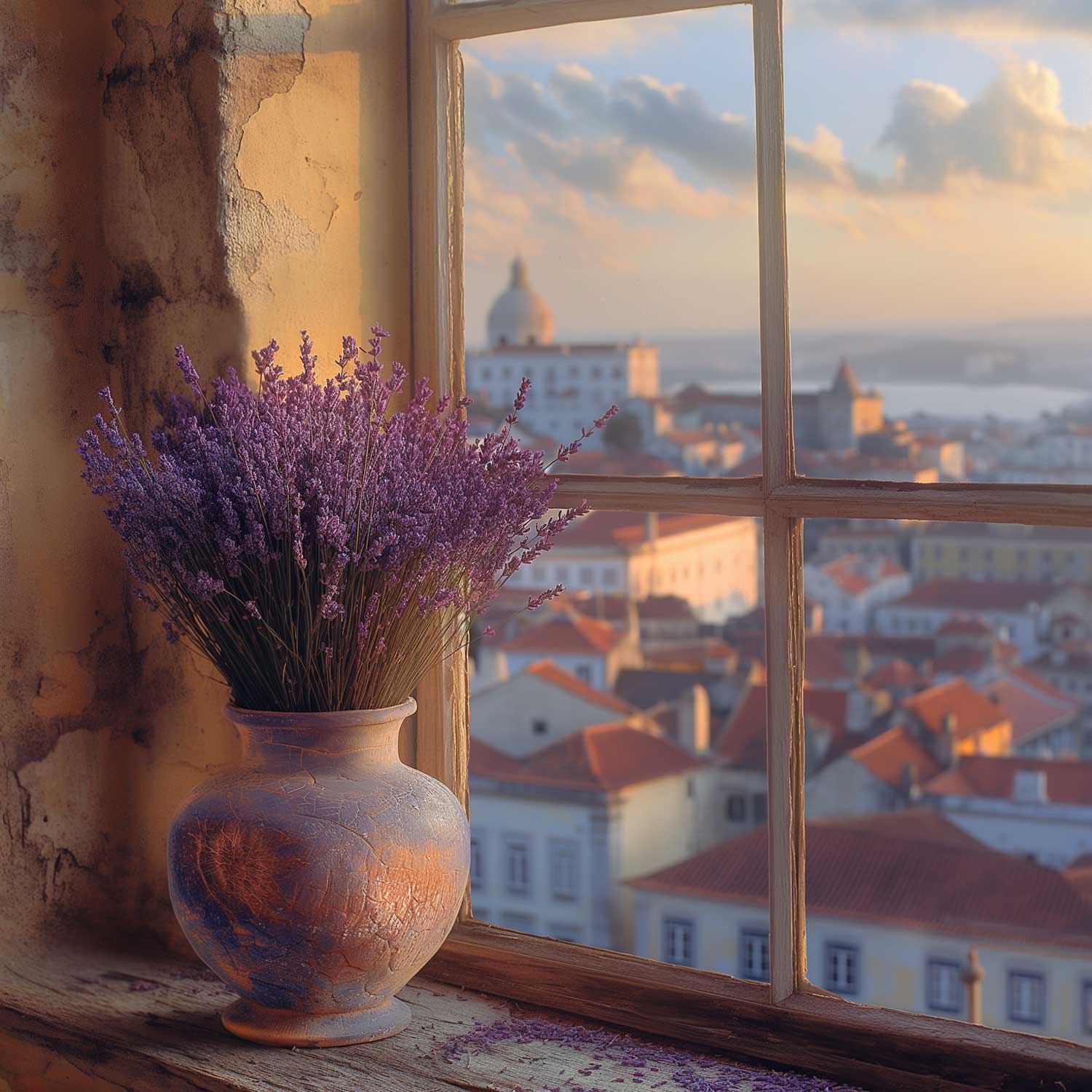
National Flower
The lavender (Lavandula pedunculata) is considered the national flower of Portugal. It represents the natural beauty of the country's landscapes.

National Animal
The Iberian wolf (Canis lupus signatus) is often regarded as a symbol of Portugal's wildlife and natural heritage.
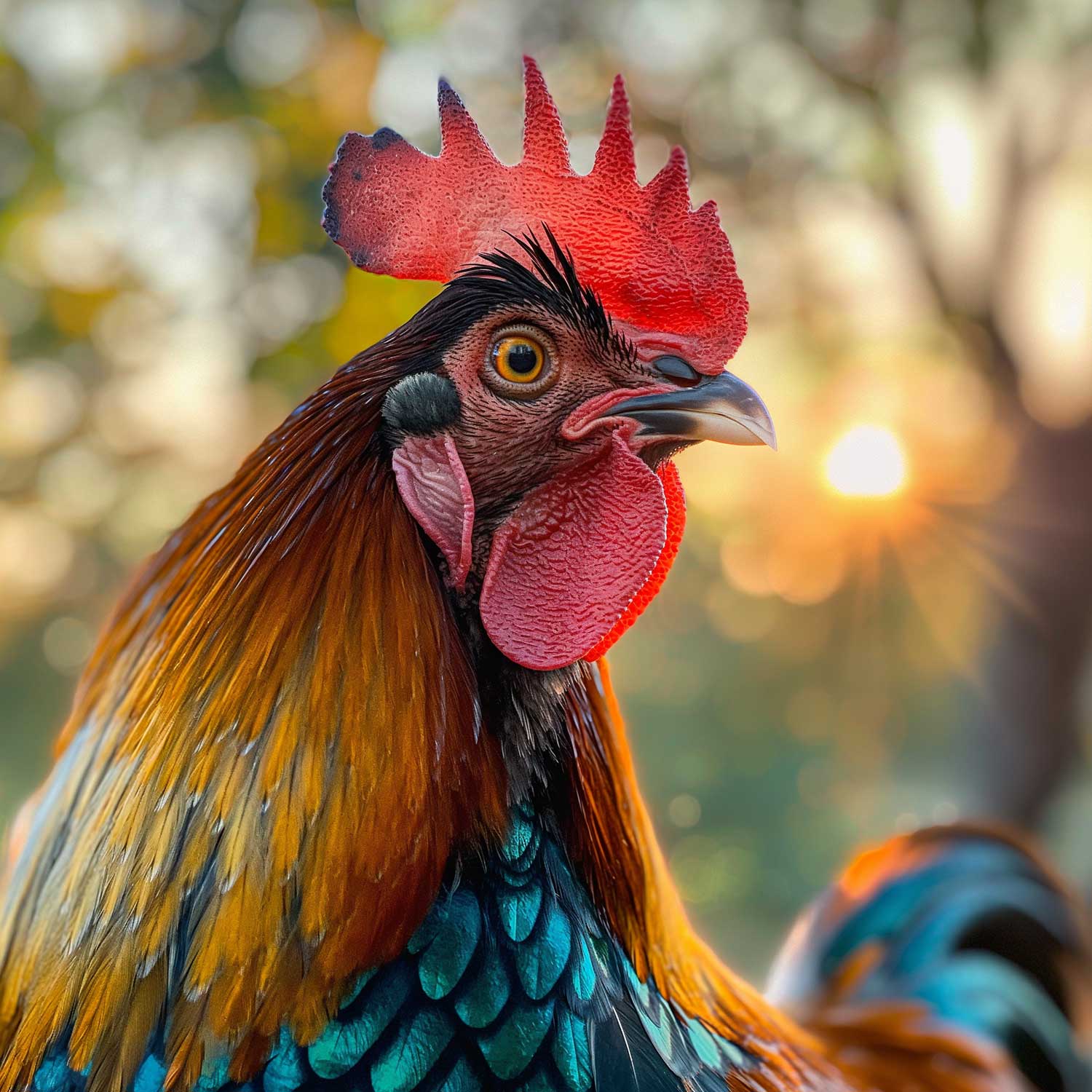
National Bird
The national bird of Portugal is the rooster, particularly the "Galo de Barcelos," a traditional symbol representing faith, justice, and good luck.
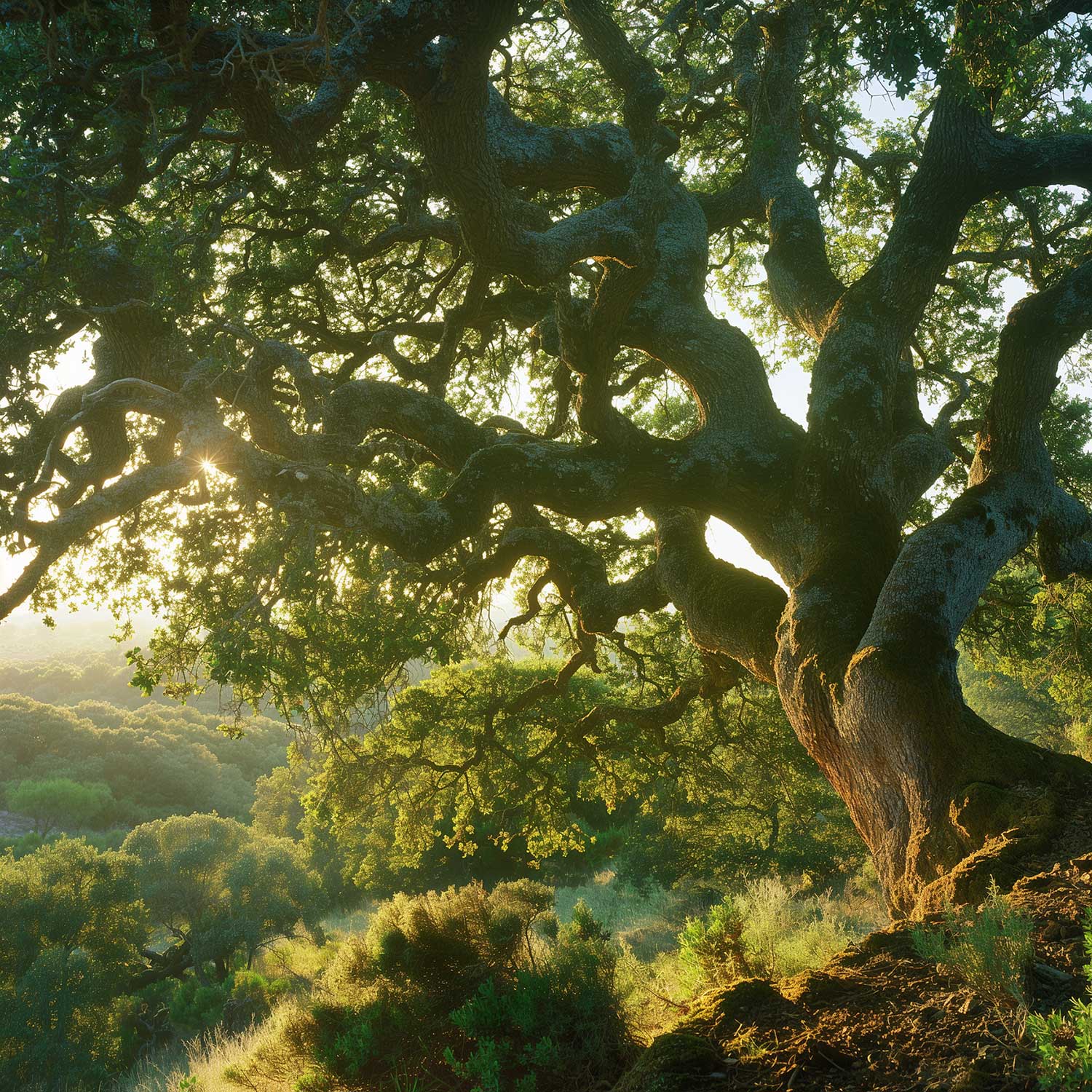
National Tree
The cork oak (Quercus suber) is the national tree of Portugal. It is significant for its economic and environmental importance, especially in the production of cork.
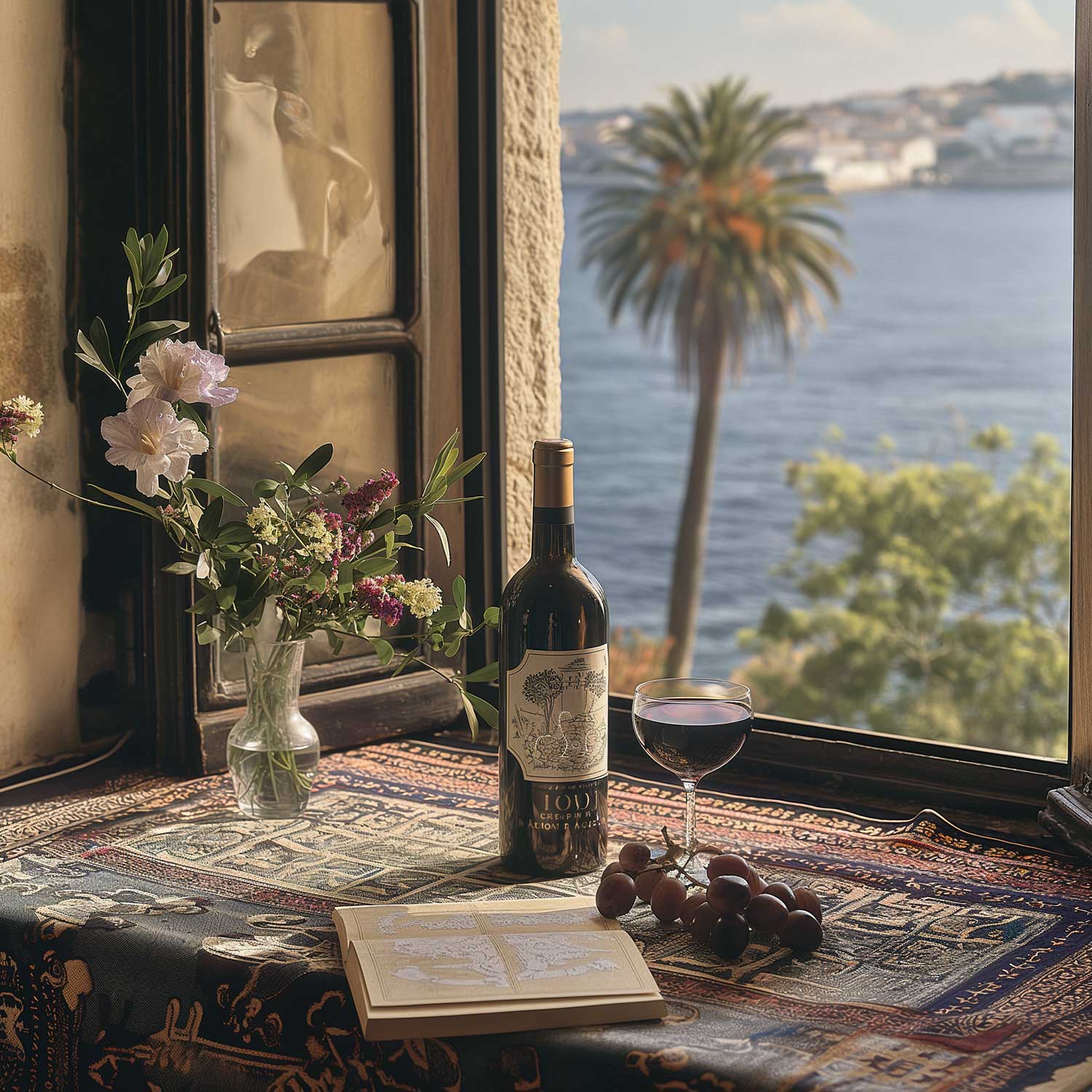
National Drink
Port wine, a fortified wine produced in the Douro Valley, is a renowned national drink of Portugal, celebrated for its rich history and unique production process.
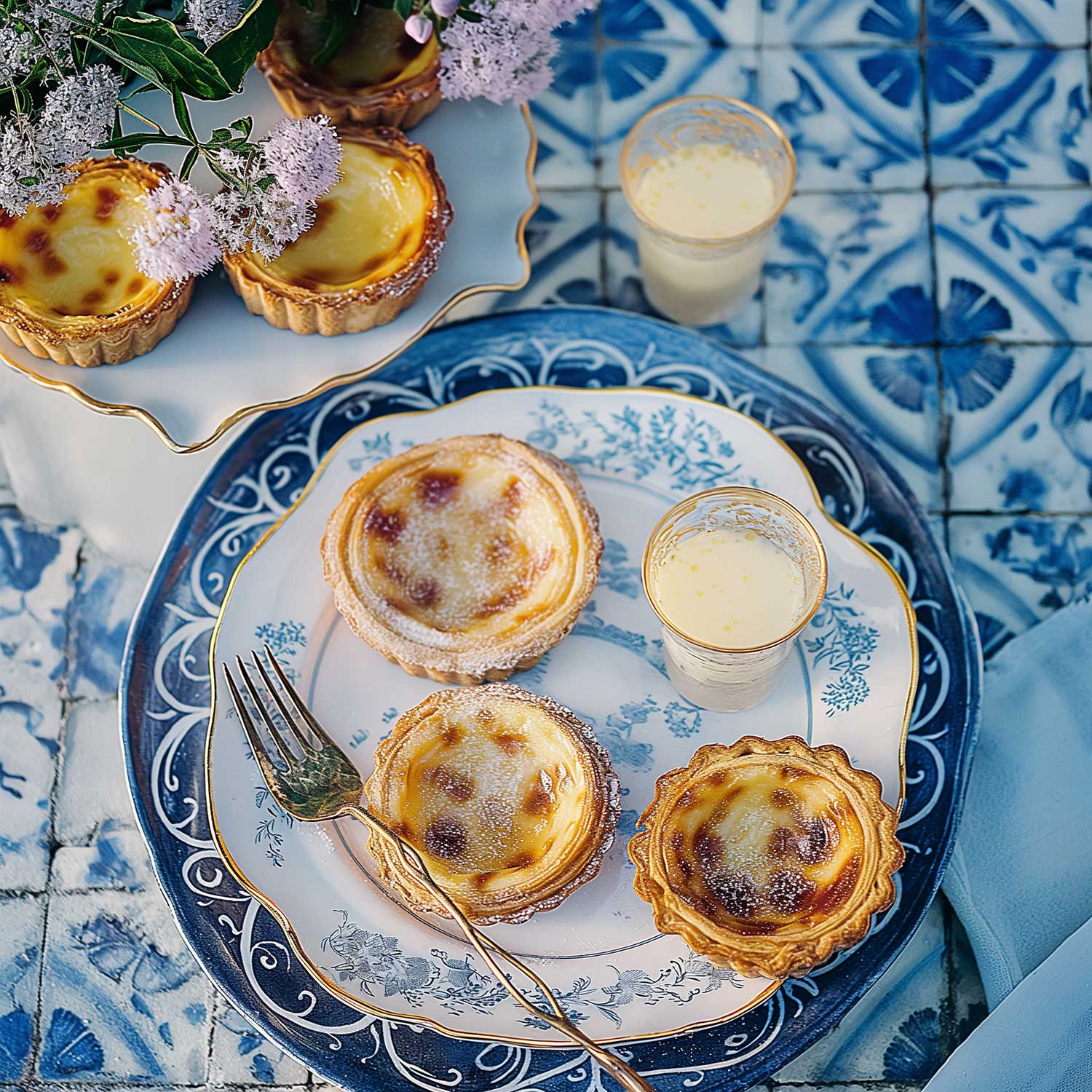
National Dessert
The national dessert of Portugal is widely considered to be Pastel de Nata (also known as Pastéis de Nata in plural form). These delicious custard tarts are a staple of Portuguese cuisine and are beloved both locally and internationally.
For those who want to try and create these at home here’s a highly regarded recipe
These are just a few of the beautiful symbols that collectively represent the cultural identity, historical heritage, and natural beauty of Portugal.
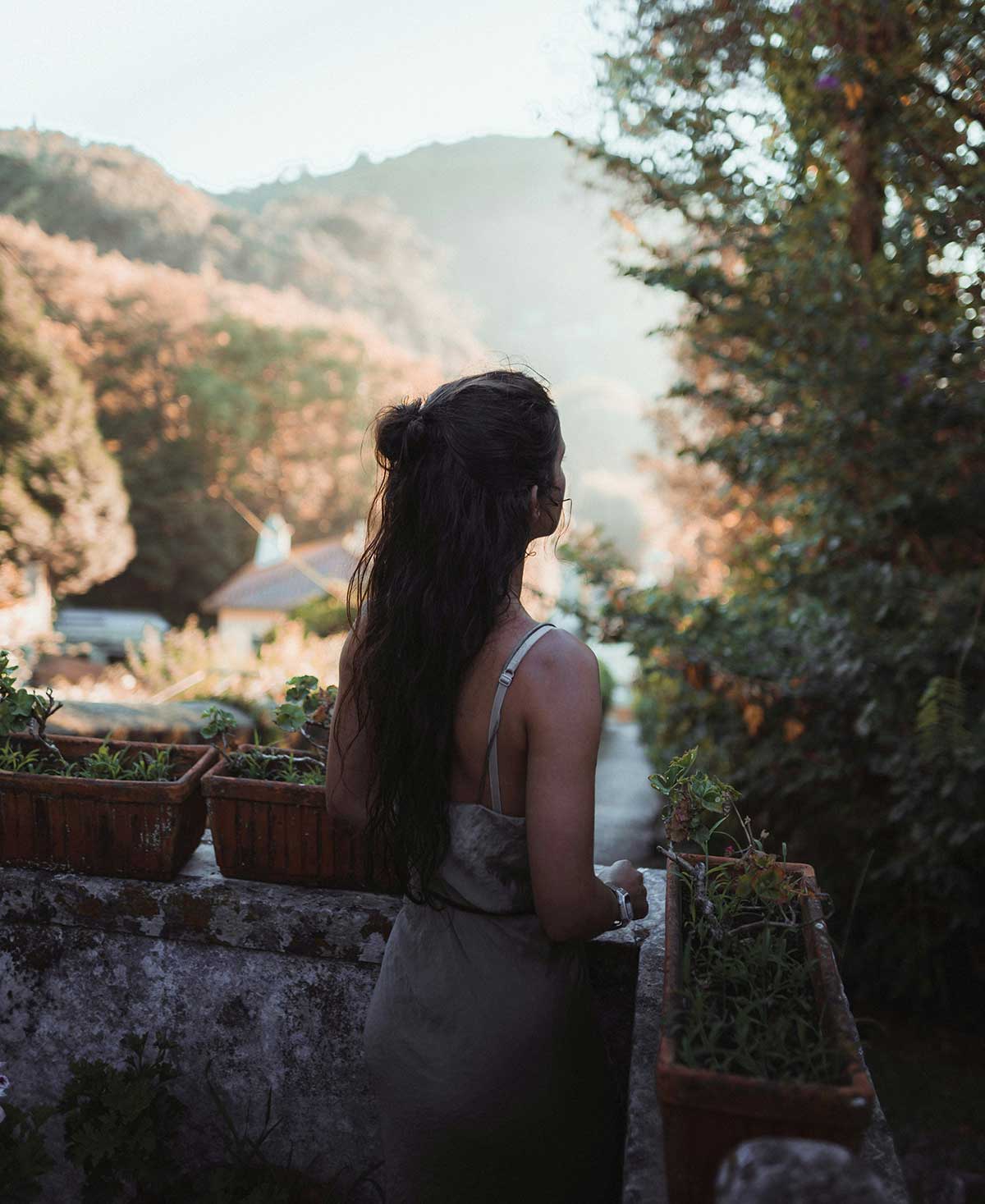
The dictionary definition of Reverie is:
Reverie (noun):
1. A state of being pleasantly lost in one's thoughts; a daydream.
How does this word relate to our theme?
Reverie encapsulates the experience of an artist being deeply inspired by an exploration or discovery. A daydream state. This theme word suggests that through the pages of this journal, we will be transported into a creative and emotional journey, where the richness of Portugal's artistic heritage allows our imagination and artistic inspiration to flourish. Just as one might daydream or get lost in thought, we can find ourselves deeply moved and creatively energized by the beauty and stories of Portugal, leading to new and profound artistic expressions.
Let’s tap into our creative intuition and do some self-reflective journaling inspired by our theme word - Reverie.
Set Up a Comfortable Space:
Create a Relaxing Atmosphere:
Write Freely and Honestly:
Spend Time Reflecting:
1. "Exploring My Daydreams"
2. "Creating Space for Reverie"
3. "Manifesting Dreams into Art"
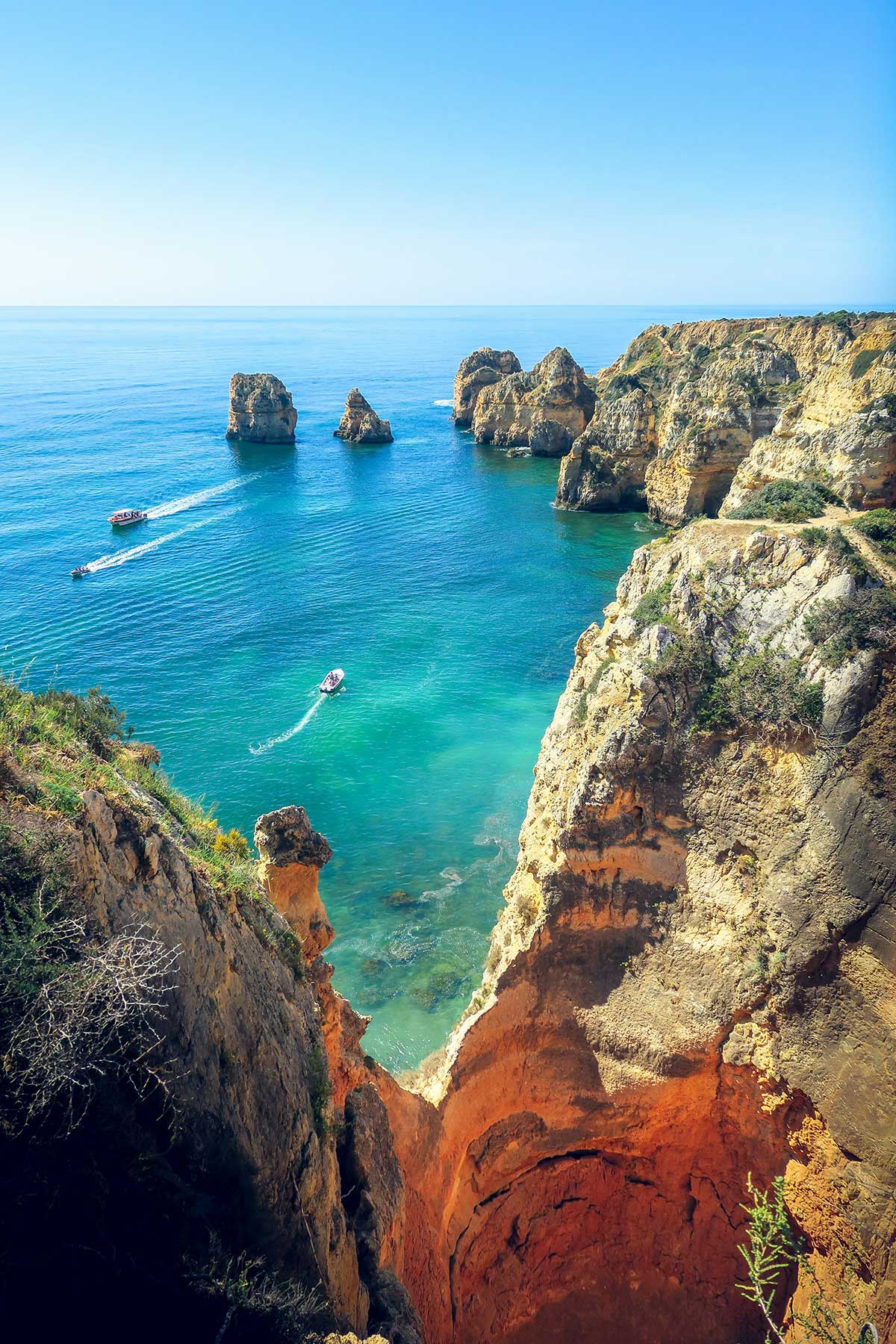
This is an immersive experience I created to help you gently relax, let go, and lean into the expansive ocean of loving energy available to you. I created it for those moments when things feel too painful, too difficult, and we forget we have so much loving energy available to us, it's like we tune out. I hope this experience allows you to tune back in and feel peaceful. There are no ending words or ending bell, it's perfect if you want to fall asleep afterward.
I hope you enjoy.
lots of love,
Rachel
Each month we will have a positive affirmation. I recommend you print out this affirmation and put it in your sketchbook or somewhere in your studio. Recite the affirmation out loud each time you show up to create. Saying words aloud is powerful and can begin to re-write some of our own limiting beliefs or calm our fears. Try it now…
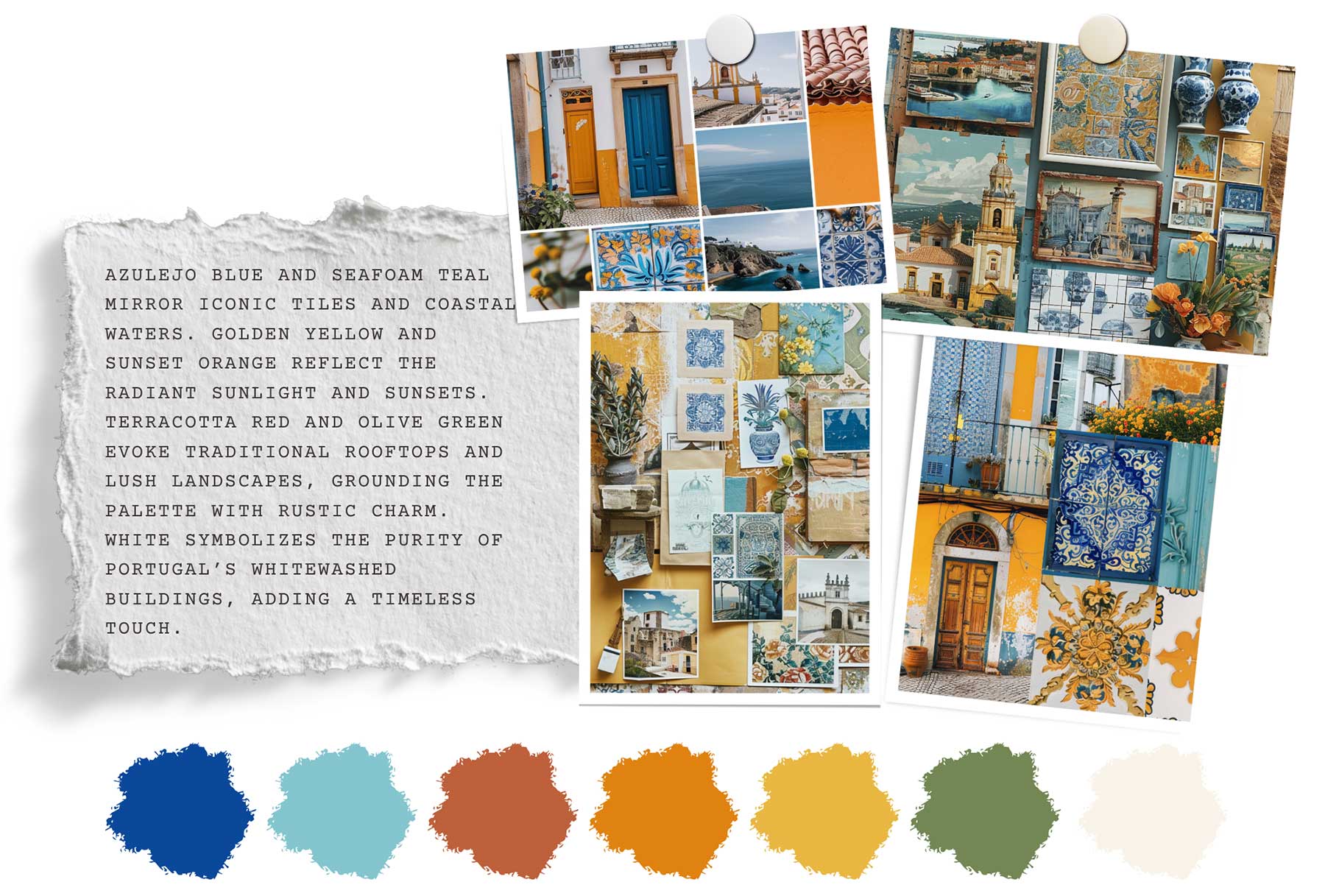
In this edition, we immerse ourselves in the vibrant palette inspired by the rich cultural heritage of Portugal, capturing the essence of its landscapes, architecture, and artistic traditions.
Azulejo Blue and Seafoam Teal mirror the iconic ceramic tiles and the gentle coastal waters that dominate Portugal’s picturesque scenes, capturing the serene beauty and artistic legacy of the country. Golden Yellow and Sunset Orange reflect the radiant sunlight and the breathtaking hues of Portuguese sunsets, bringing warmth and energy to our palette. These bright, engaging colors are balanced by Terracotta Red and Olive Green, which evoke the earthy tones of traditional rooftops and lush landscapes, grounding the palette with a touch of rustic charm and natural tranquility. Finally, White symbolizes the purity and simplicity of Portugal’s whitewashed buildings, adding a timeless and classic touch.
Together, these colors do more than just evoke the aesthetic of Portugal; they invite us to explore the rich interplay of heritage, natural beauty, and artistic inspiration that define the country. This palette not only honors Portugal’s cultural legacy but also enriches our own creative expressions, inspiring us to observe and portray our world with renewed depth and imagination.
Sarah Affonso, born Sara Sancha Afonso on May 13, 1899, in Lisbon, is one of Portugal's most cherished artists, known for her vibrant works that capture the essence of Portuguese rural life and folk traditions. Affonso's artistic journey began at a young age, showing an early talent that would eventually lead her to the Escola de Belas-Artes in Lisbon. There, she honed her skills under the tutelage of prominent artists, immersing herself in the study of drawing and painting.
In 1924, Affonso's life and career took a significant turn when she moved to Paris. The vibrant art scene of Montparnasse exposed her to the avant-garde movements of the time, profoundly influencing her style. However, despite the allure of Parisian modernism, Affonso remained deeply connected to her Portuguese roots, which continued to inspire her work.
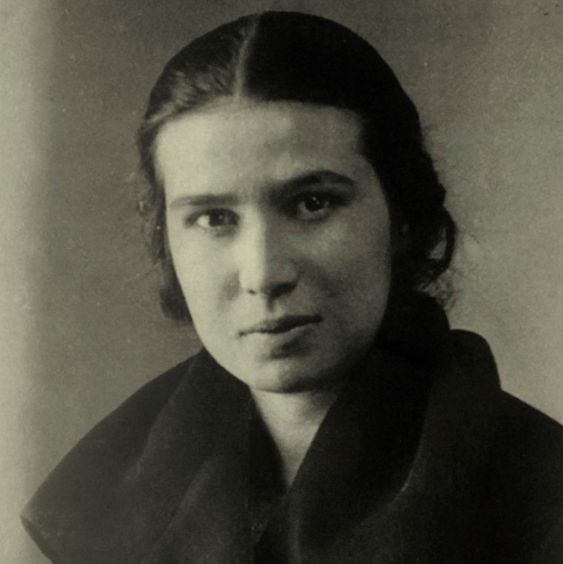
Returning to Portugal in 1927, she married the celebrated modernist painter José de Almada Negreiros. The couple settled in Lisbon, where Affonso's art flourished. Her works from this period reflect a synthesis of her Parisian influences and her enduring love for Portuguese folk culture. Throughout her life, Affonso's art was a celebration of the simple joys and beauty of rural Portugal, depicted with a sense of warmth and nostalgia,
Sarah Affonso's work is a vibrant ode to the Portuguese landscape, its people, and their traditions. Her paintings often feature scenes of rural life, rendered with a bright palette and a whimsical touch that evoke a sense of joy and reverie. One of her most famous pieces, "Aldeia Portuguesa" (Portuguese Village), encapsulates the idyllic charm of village life, where everyday activities are transformed into poetic expressions of cultural heritage.
Affonso's style is characterized by its simplicity and clarity, with a focus on strong lines and bold colors. Her subjects, often women and children engaged in daily activities, are depicted with a sense of innocence and wonder, reminiscent of a bygone era. This nostalgic quality imbues her work with a dreamlike reverie, inviting viewers to immerse themselves in the timeless beauty of rural Portugal.
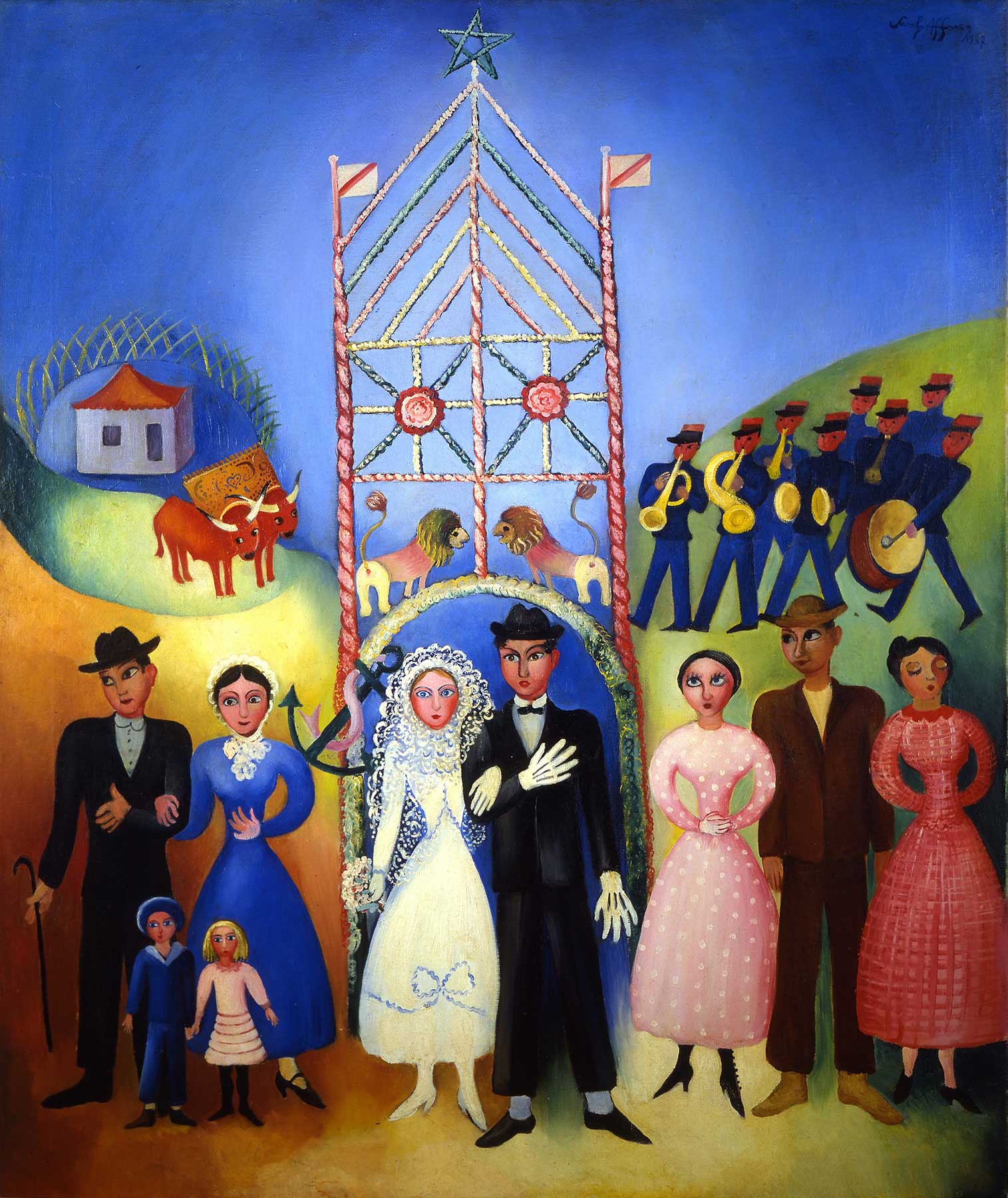
Portuguese Village
By Sarah Affonso, 1937
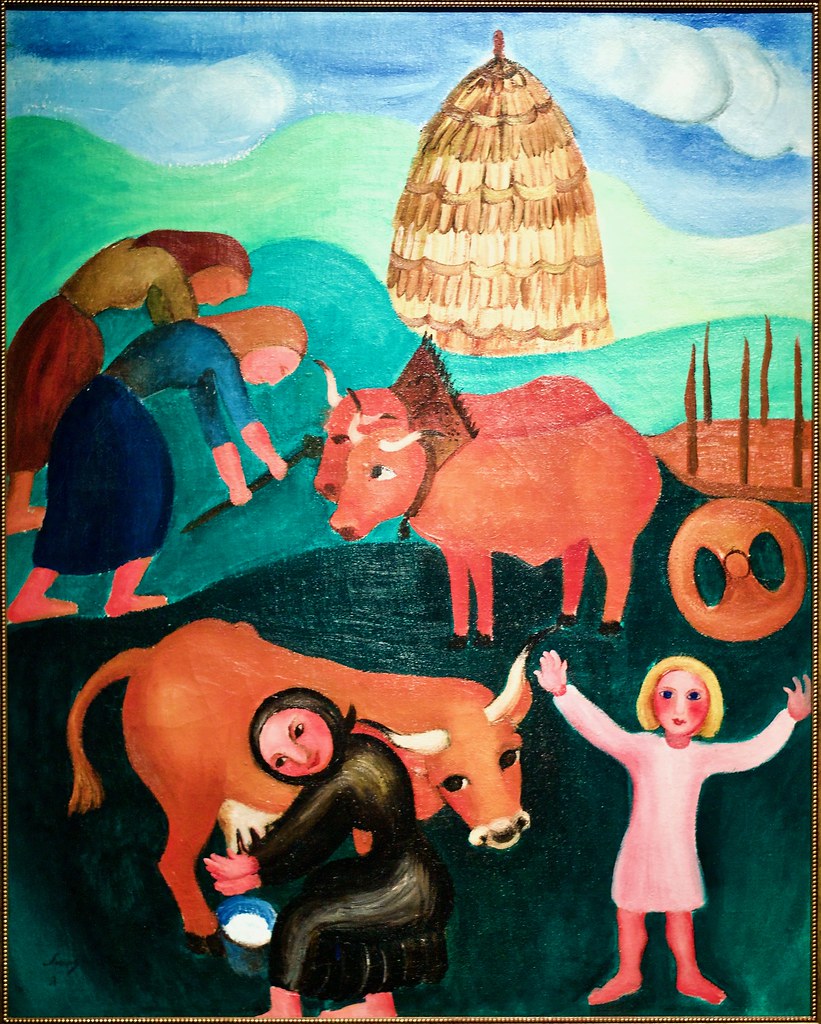
Washer Women and Oxen
By Sarah Affonso, 1937
Sarah Affonso's art seamlessly connects to the theme of Portugal and reverie through its celebration of the country's rich cultural heritage and its ability to evoke a sense of timeless wonder. Her paintings serve as visual narratives that transport viewers to a world where the simplicity of rural life is suffused with an almost magical quality.
In works such as “Little Girls” and “Portrait of Matilde”, Affonso captures intimate moments that reflect the quiet beauty of everyday existence. These scenes, while grounded in the reality of Portuguese life, are elevated by Affonso's artistic vision, transforming them into reveries that celebrate the enduring charm of her homeland.
Affonso's ability to blend the real with the ideal is a testament to her unique artistic voice. Her works invite viewers to pause and reflect, to lose themselves in the gentle rhythms of village life and the rich tapestry of Portuguese culture. This sense of reverie is further enhanced by her use of color and form, which draw the viewer into a world where the past and present coexist harmoniously.
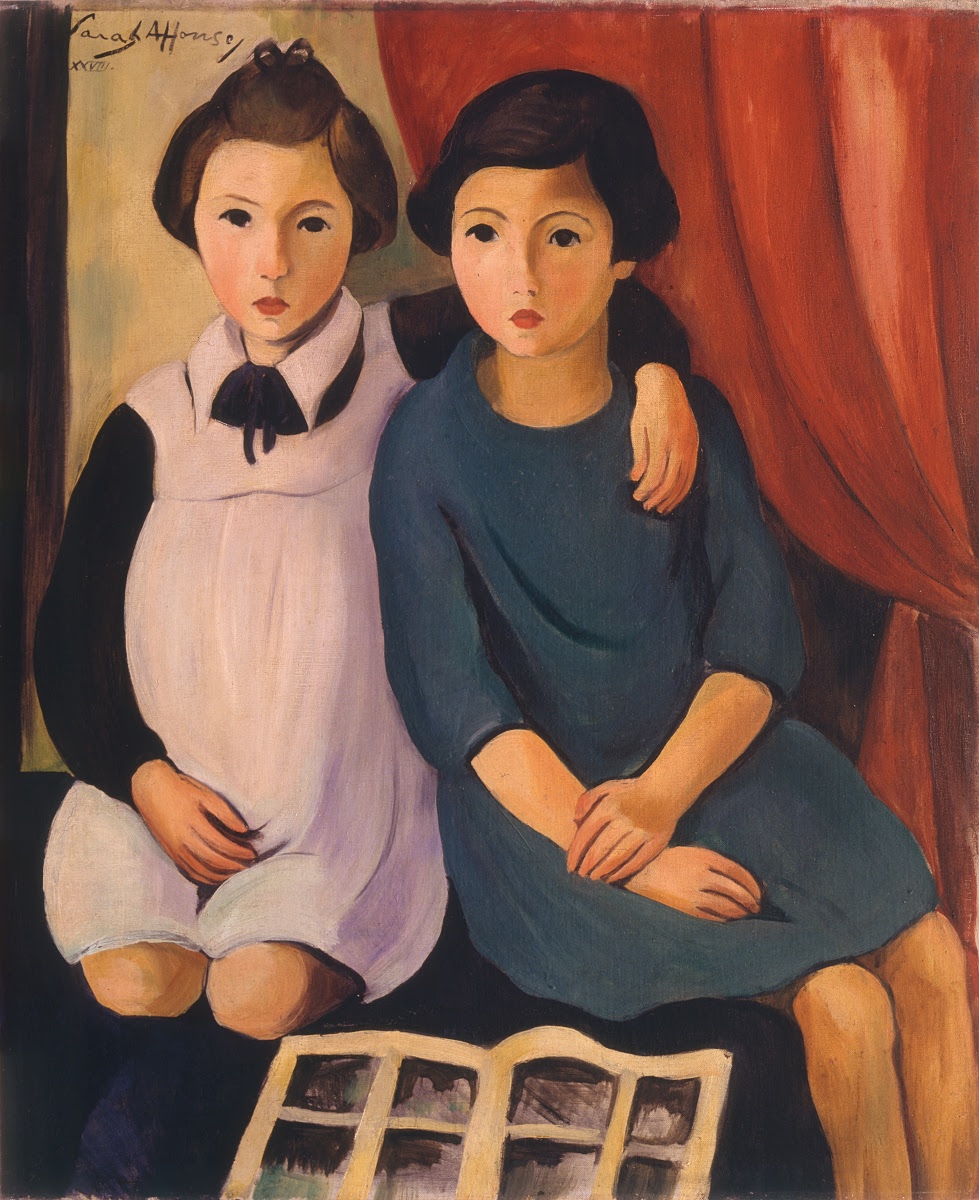
Little Girls
By Sarah Affonso, 1928
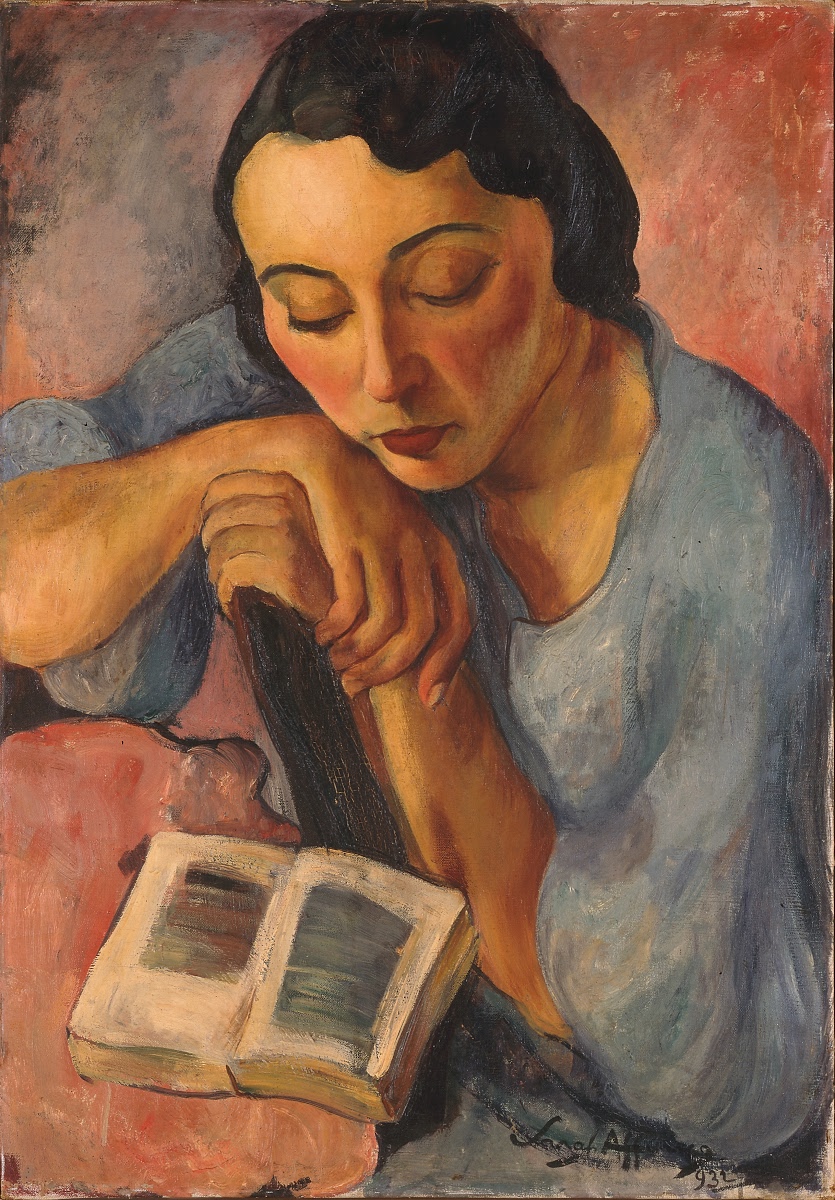
Portrait of Matilde
By Sarah Affonso, 1932
Sarah Affonso's work is not only a celebration of Portuguese heritage but also an inspiration for contemporary artists and art lovers. Her ability to infuse everyday scenes with a sense of wonder and joy reminds us of the importance of preserving and cherishing our cultural roots. Her paintings, with their vibrant colors and heartfelt depictions, continue to inspire a sense of appreciation for the simple, enduring beauty of life.
In honoring Sarah Affonso's contributions to art, we celebrate a legacy that transcends time and place. Her works are a testament to the power of art to capture the spirit of a nation and to inspire future generations to see the world through a lens of beauty.
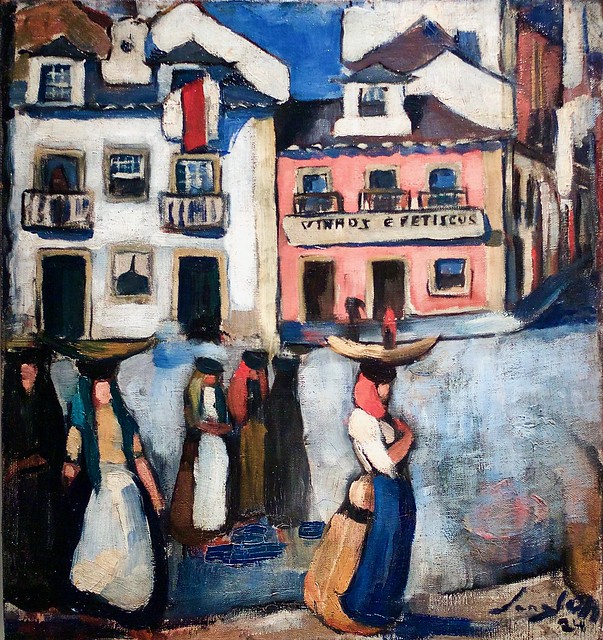
Varina
By Sarah Affonso, 1924
• José Malhoa (1855-1933)
• Silva Porto (1850-1893)
• Paula Rego (1935-2022)
• Carlos Botelho (1899-1982)
• Carlos Reis (1863-1940)
• Maria Helena Vieira da Silva (1908-1992)
• Aurélia de Souza (1866-1922)
• Graça Morais (b. 1948)
• Vieira da Silva (1908-1992)
Explore the traditional Portuguese tile art (Azulejos) and create your own modern interpretations or copy a more traditional design! Create a beautiful watercolor painting of an Azulejo Tile with me in our monthly lesson!
Here’s an inspiring Pinterest board for you
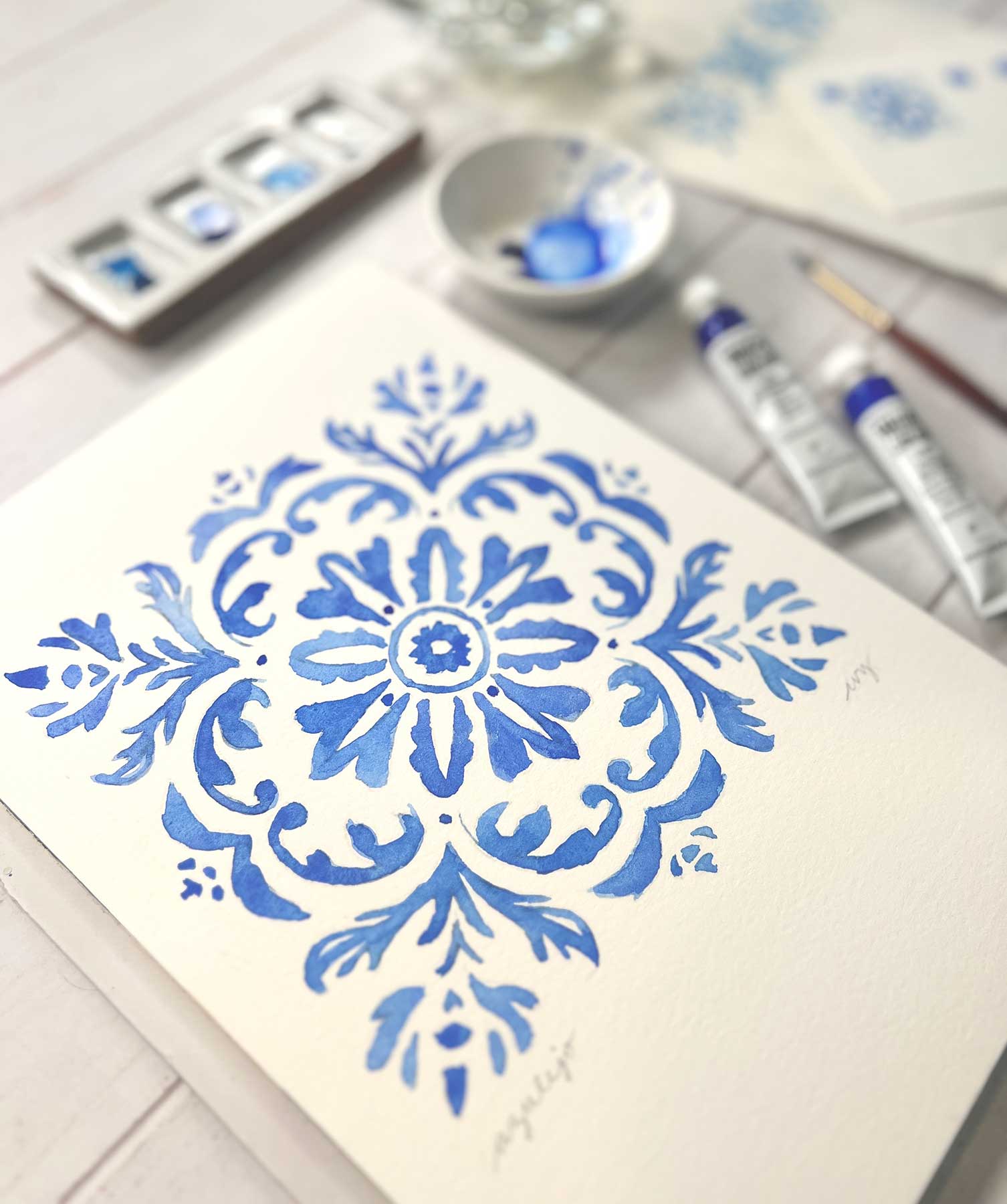
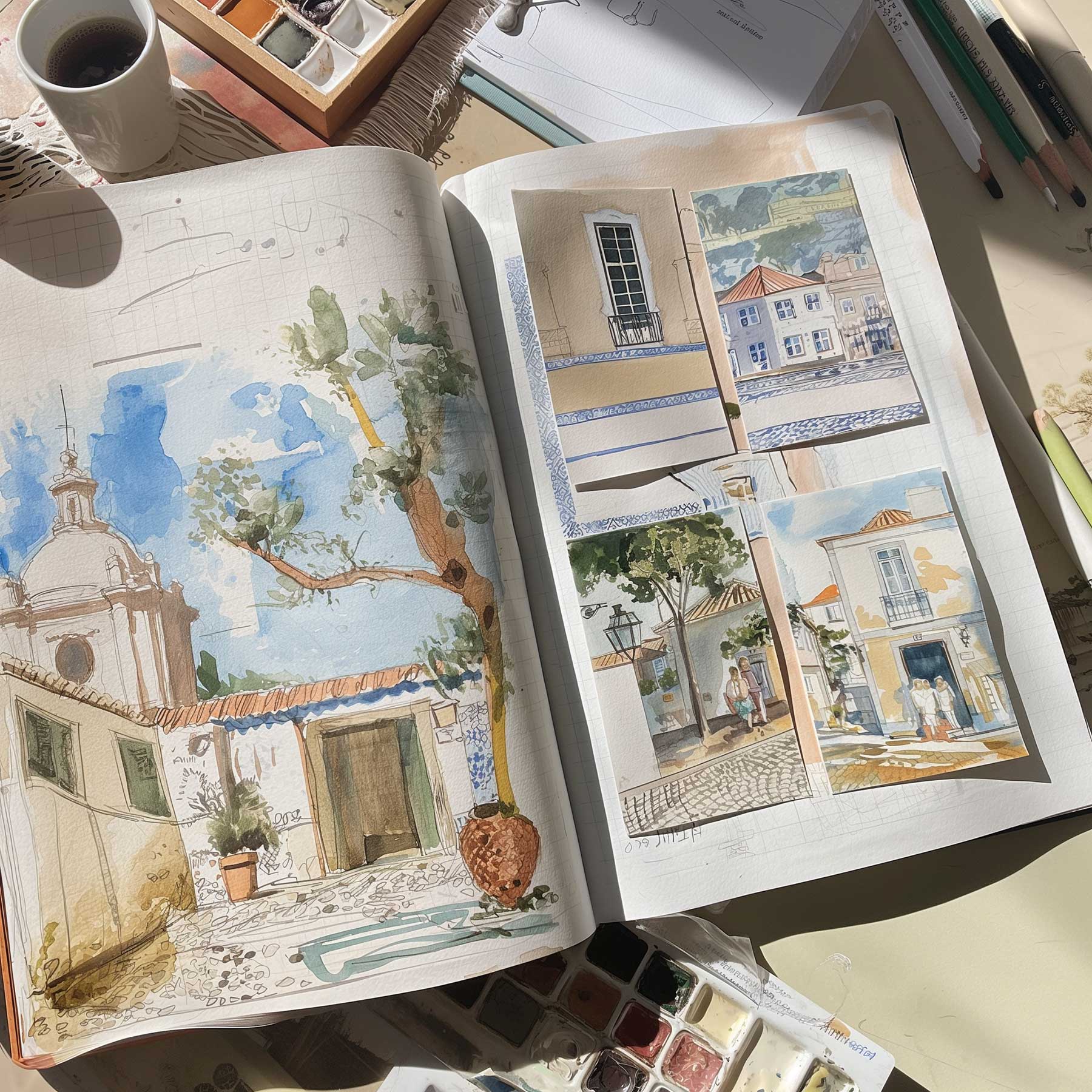
Capture the essence of Portugal’s cityscapes, focusing on its iconic features and vibrant street life. Use photographs as references. Some ideas -
Check out this Pinboard I’ve made for you to sketch and paint from:
Choose a piece of Sarah Affonso’s work and do a master study of it. Try to embrace her style, colors and simplified forms. Reflect on how she created this chosen piece and allow yourself to be guided and inspired by her art. You could also choose to do a study of a section of one of her paintings. I personally love the mermaid that graced her entryway...
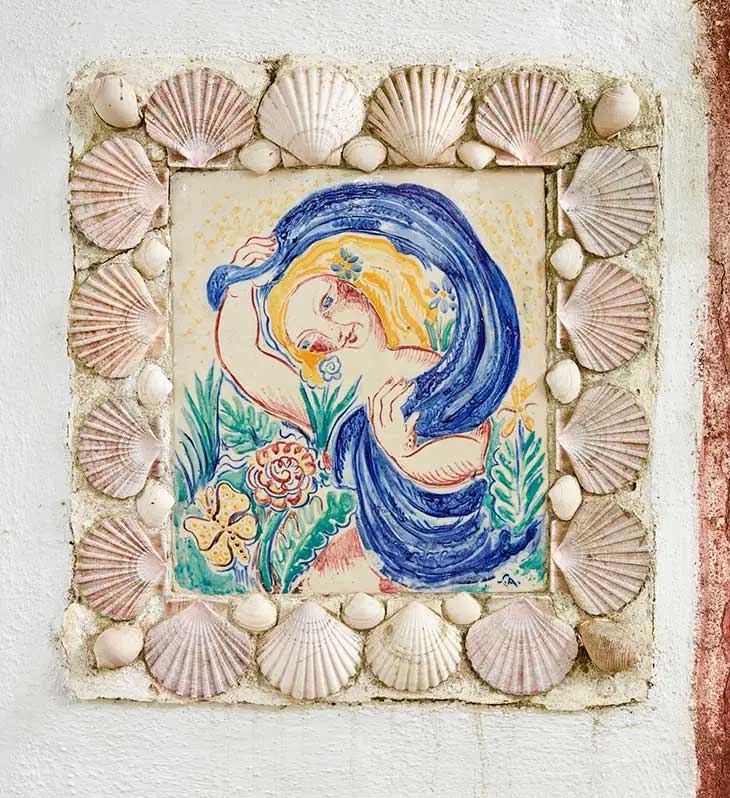
Tile panel with mermaid by Sarah Affonso decorating the porch at Quinta da Lameirinha, Affonso’s home in Bicesse.
Celebrating the Tradition of Azulejo Tiles...
In this delightful lesson, we will celebrate the beautiful tradition of azulejo tiles from Portugal. We will begin by transferring our design and then blissfully paint in rich blue hues of cobalt and ultramarine. This classic blue and white theme became very popular in Portuguese tile making during the 16th century, and I personally LOVE this color combo!
Feel free to use any medium you like for this lesson. Don’t feel constrained by the tile design I have chosen—you can create any design that brings you joy, or even better, make several! Although this lesson is relatively simple, it is intended to be approachable and meditative. Allow yourself to enjoy the simple joy of water, paint, and color. Daydream as you create and let yourself be transported to sunny Portugal!
You can also listen to this month’s issue of the Studioworks journal. I find I love listening to books, podcasts and music while I draw, paint or go on a long walk. Enjoy.


One of my favorite things to do is to curate inspiration. From Pinterest boards to books, resources, playlists and more - I love to share anything that might facilitate learning, expansion, and sparks of curiosity! Being an artist, we naturally crave these things so here are some of this month’s picks from me to you.
I had so much fun curating this list. I hope you enjoy!!
Here are just a few of our fantastic classes! I highly recommend checking them out if you haven’t already. Enjoy!